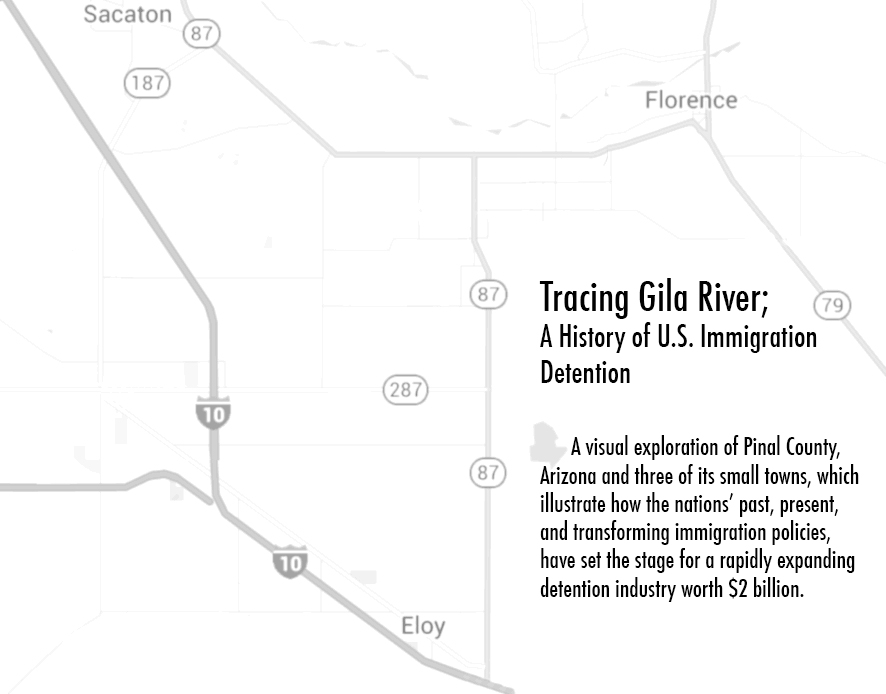

A Pima woman, circa 1900. This land was home to the Hohokam people; ancesters of the Pima and Maricopa tribes who sustained a thriving trade economy thanks to the resources of the Gila River.

Immigrants wait to be processed at Ellis Island, 1908. This building served as the first immigration center, processing over 12 million cases between 1892-1954. Women in particular were often detained here for extended periods due to concerns of exploitation or inability to locate family members already in the U.S.
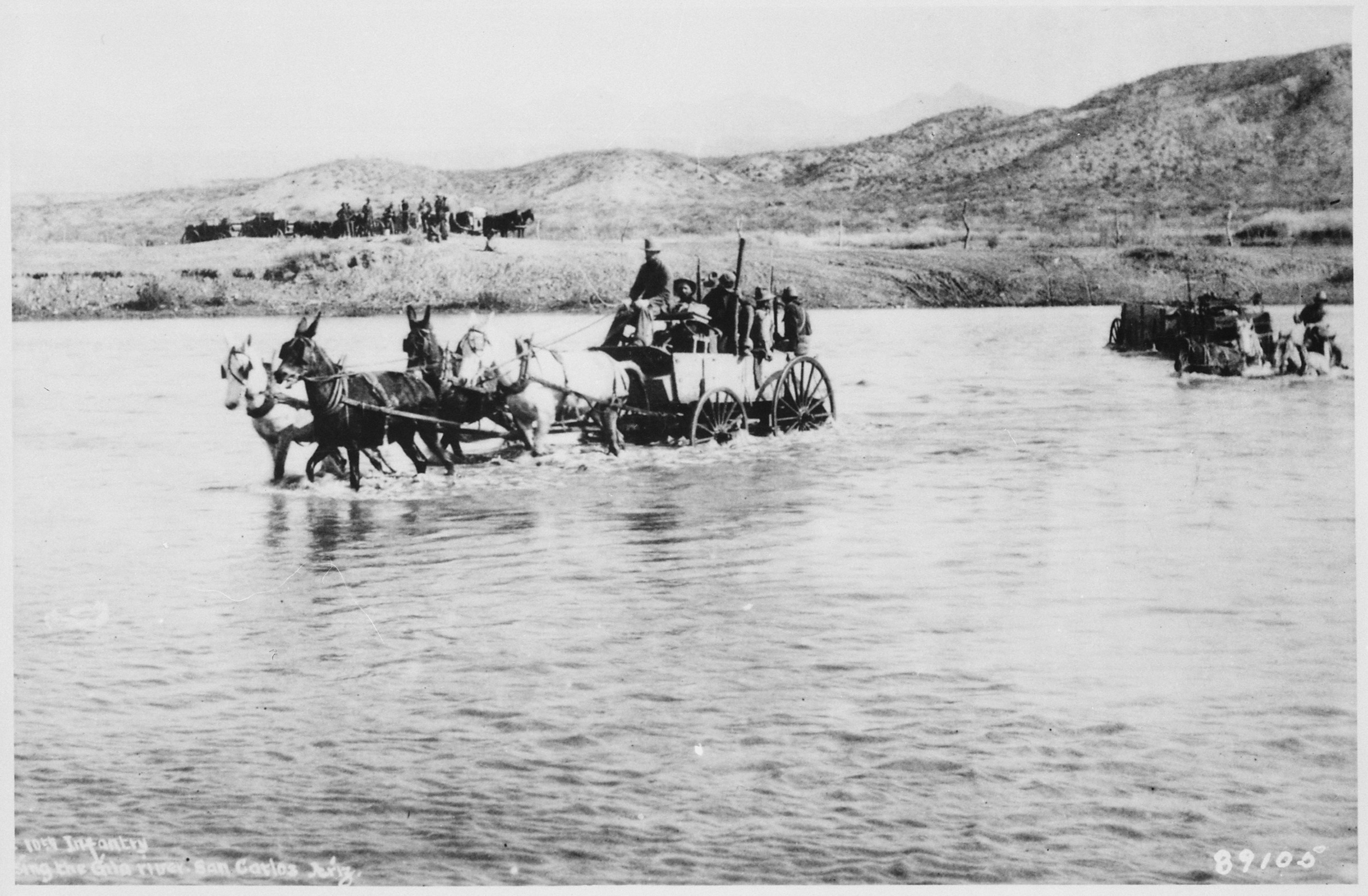
The 10th Cavalry crosses Gila River, 1898. Following the Méxican-American War, the Pima Indian Council found their land included in part of the 1854 Gadsen Purchase, which sold the territories of New Mexico and Arizona to the U.S. at a cost of $10 million. In the following years, the prosperity of the lifestyle enjoyed thanks to the river was literally cut off as non-native farmers built diversion structures and dams, leaving the community and in crisis until the completion of the Coolidge Dam, in 1930.

Inmates pose at the site of Florence, Arizona's first prison, built in 1908. The town has a long history of incarceration, currently managing the operation of federal, immigration , state and juvenile facilities all along a small stretch of Pinal County Parkway. (Image courtesy Pinal County Museum).

A 1934 document from the El Paso District Director details concern from reports of arms and ammunitions smuggling from the U.S. to México in the years after extensive FBI files indicating such activities had become common during the Méxican Revolution.

During the great depression, the small town of Eloy became a destination for migrant farm workers looking for employment. Thousands of families streamed into camps established by the Farm Security Administration. Here, a Méxican migrant poses in front of a cotton field, which remains the largest crop in the region to this day.
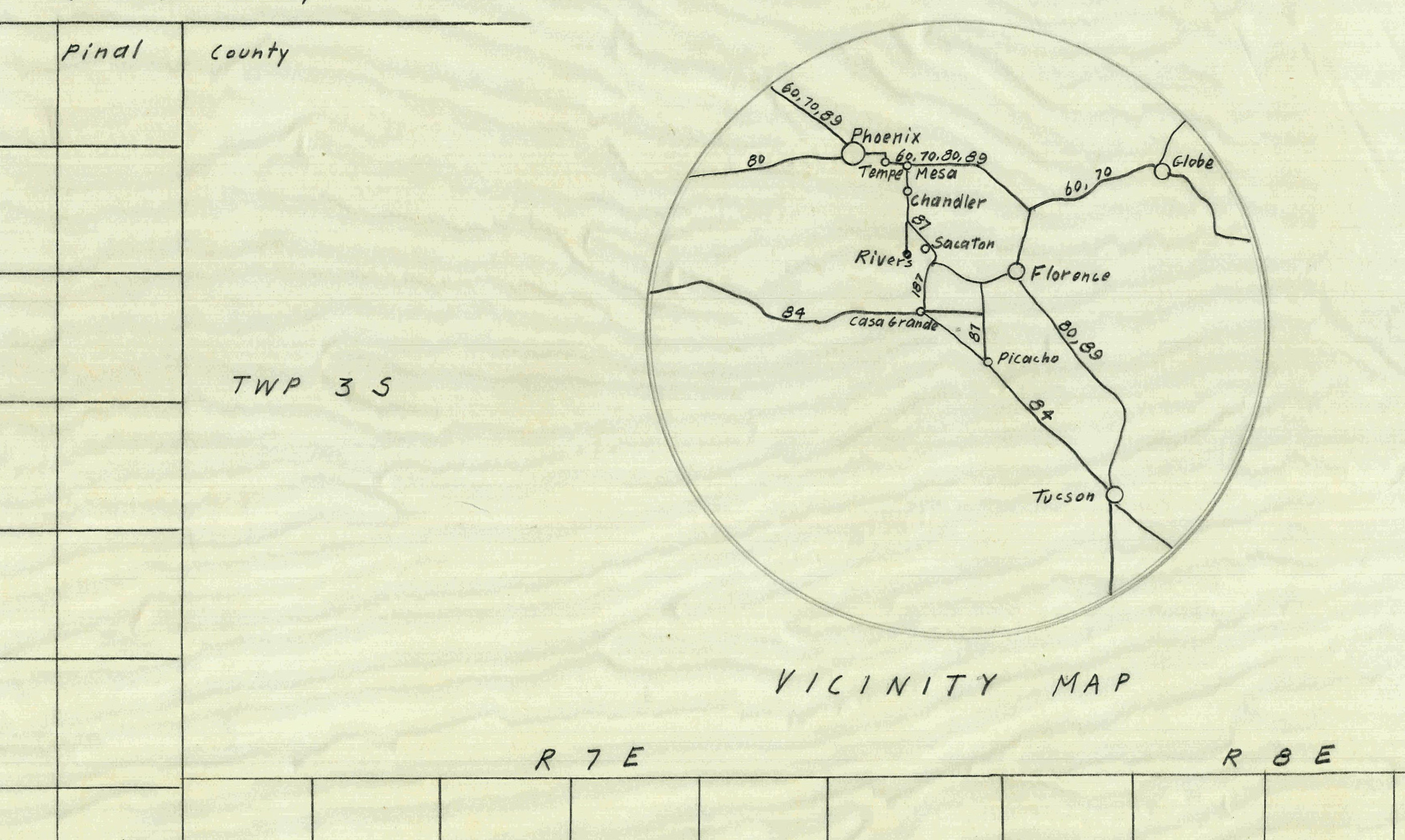
A detail from a blueprint for the internment camp built during WWII in Rivers, Arizona on sacred Gila River Indian Community land. The county seat, Florence, can be seen just to the right, while the small town of Eloy is located further south, just next to Picacho.
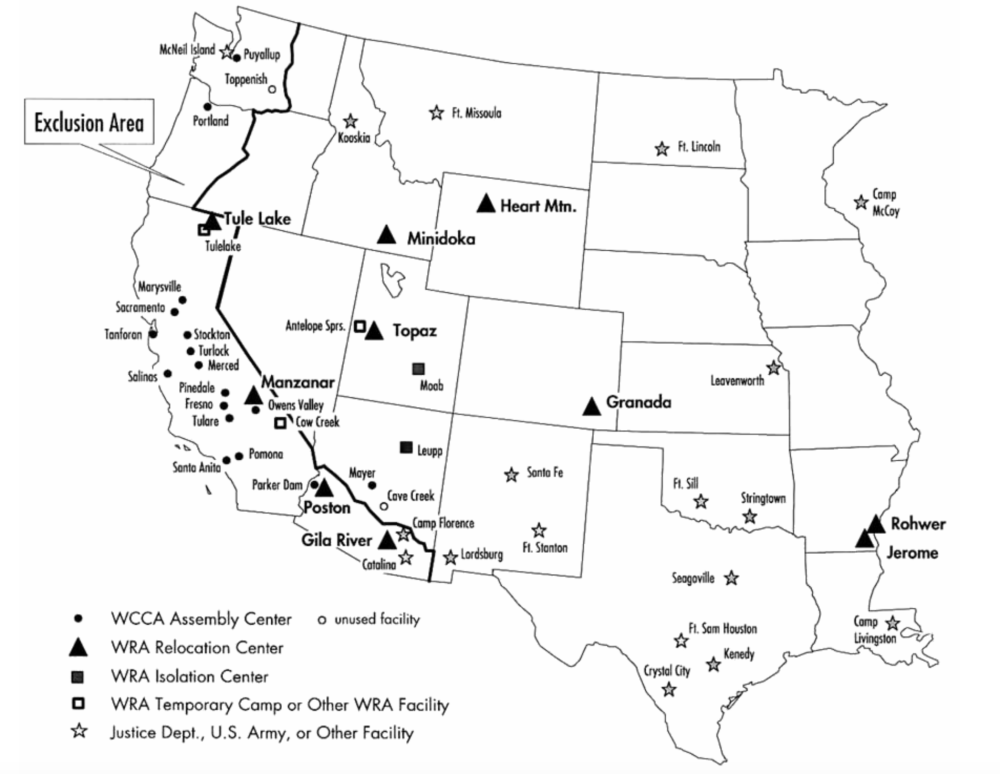
After the Attack on Pearl Harbor in 1941, Executive Order 9066 was signed into effect by President Roosevelt, establishing that all Japanese-American citizens would be relocated to a number of camps throughout the western U.S.
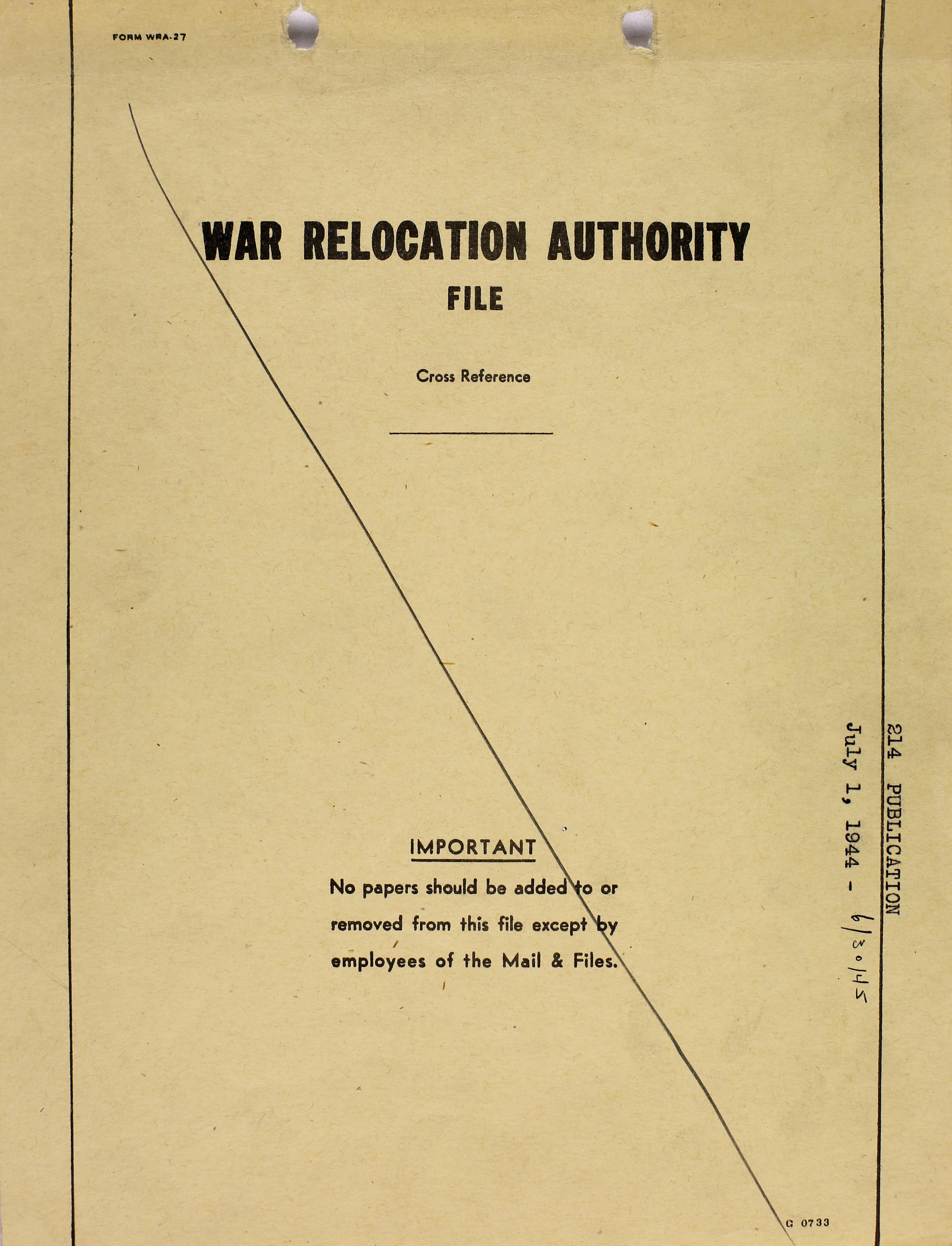
The War Relocation Authority was tasked with constructing and operating Japanese-American internment camps established during WWII. Families were forced to sell or leave behind all belongings, including any land or business. Those who refused faced fines or jail sentences up to three years.
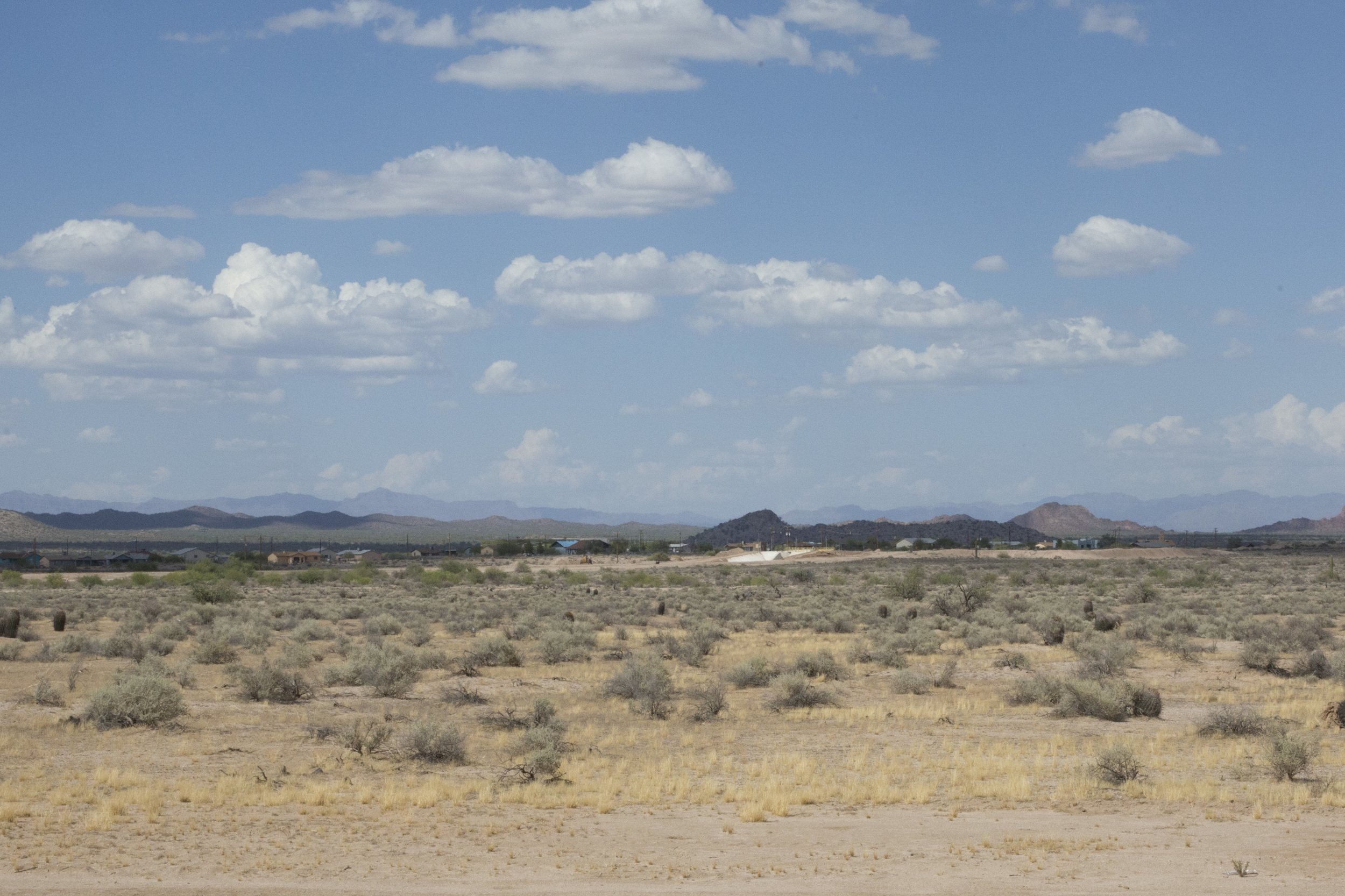
Gila River Indian Community Land, 2015
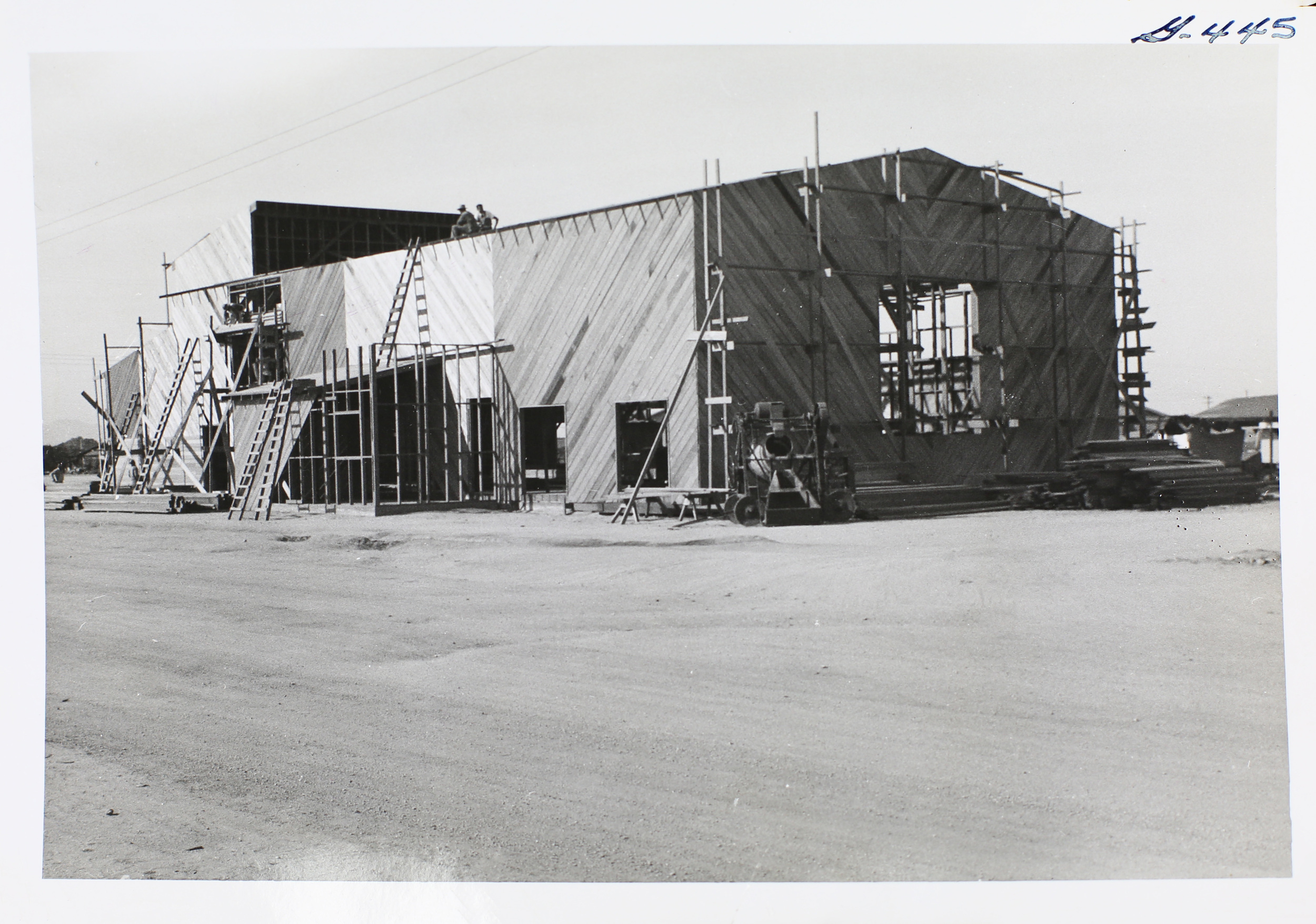
Gila River Project, auditorium construction at Butte Camp.

Travel memo for internee arrivals to Gila River. The camp was in operation from August, 1942, through September, 1945. Holding over 13,000 residents at one point.

Detainees travel by train to various relocation camps, 1942.

A 1941 immigration document clarifies the requirements of detaining women and children.

Many of the families in Gila River were removed from communities in California; FBI files from this period show that many were closely monitored for politically activities and contact with suspected Japanese sympathizers.

Gila River residents wait for lunch outside the mess hall, 1942.

Tohono O'Odham Reservation, 2014.
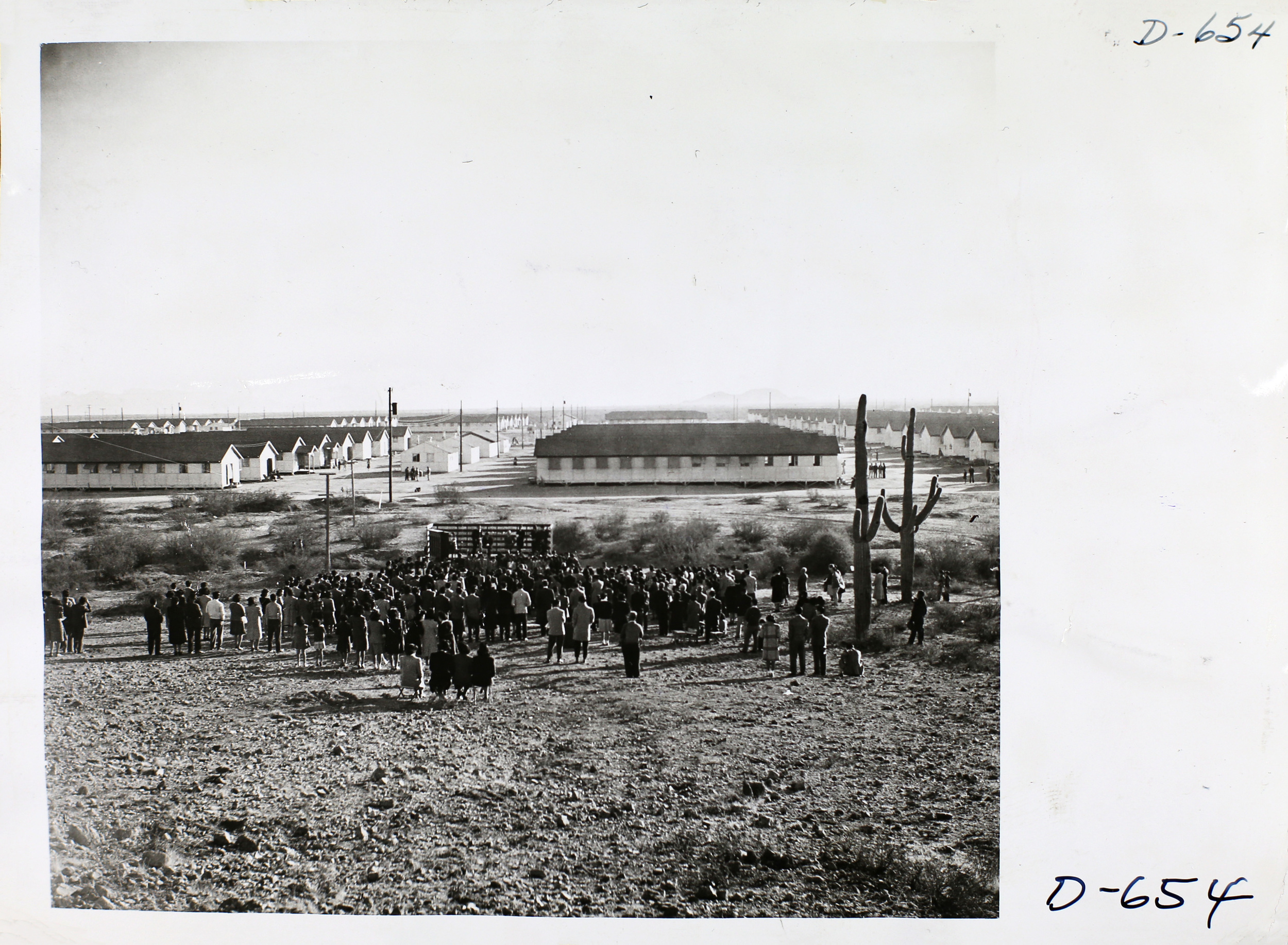
Christian sunrise service at Butte Camp, 1942.
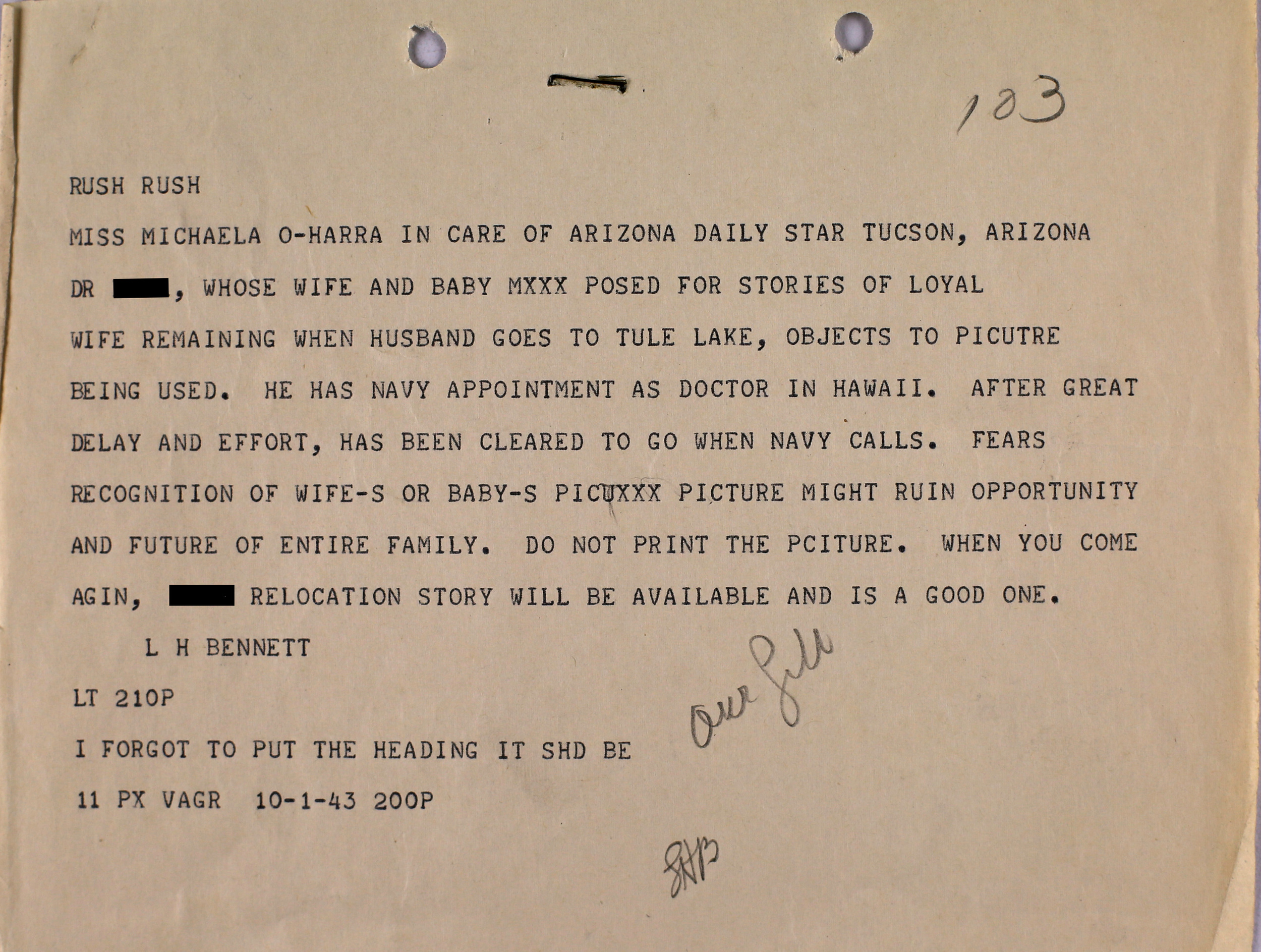
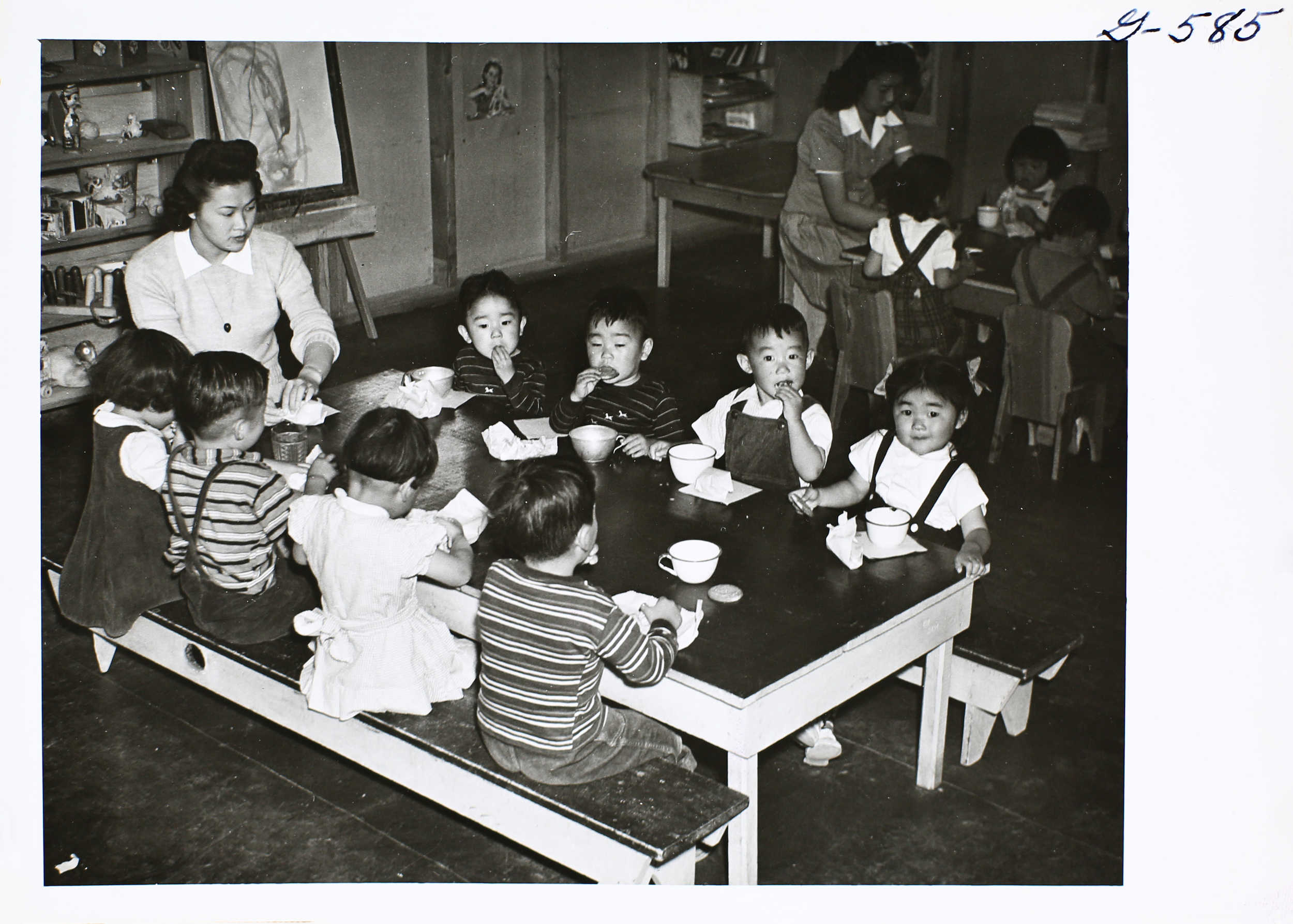
Butte Nursery and Kindergarten, children's snack hour, 1944.

Photo of marriage at Poston, Arizona camp and marriage invitation, Gila River.

Residential barrack, Butte Camp, 1942.
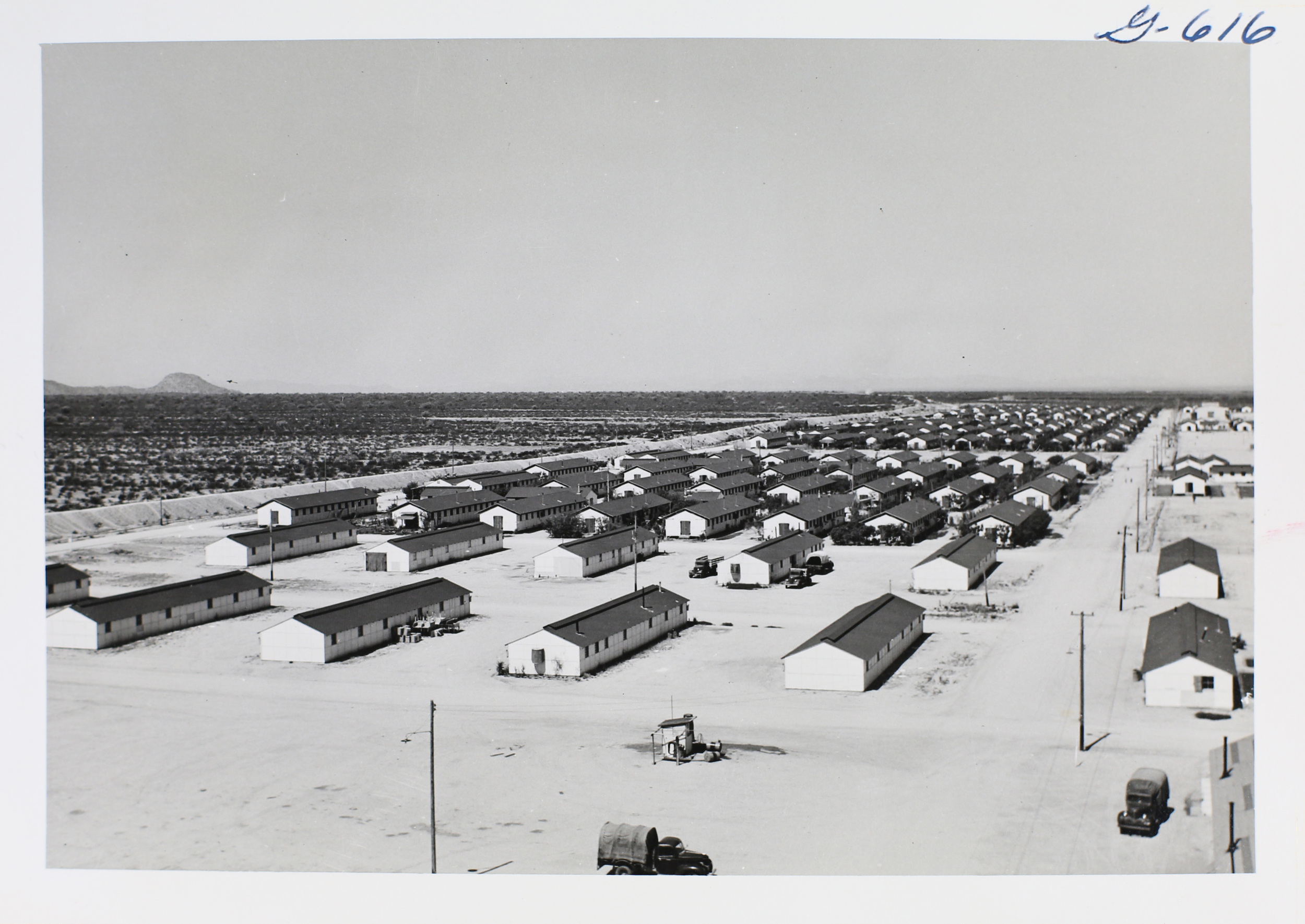
View overlooking Gila River Canal Camp, Which held over 232 residential barracks, 1942.

South Texas Family Residential center, America's newest family detention facility located in Dilley, Texas. This center was built after treatment concerns were raised at the temporary family facility in Artesia, New Mexico, which opened to deal with the influx of unattended minors arriving to the Rio Grande Valley during the summer of 2014.
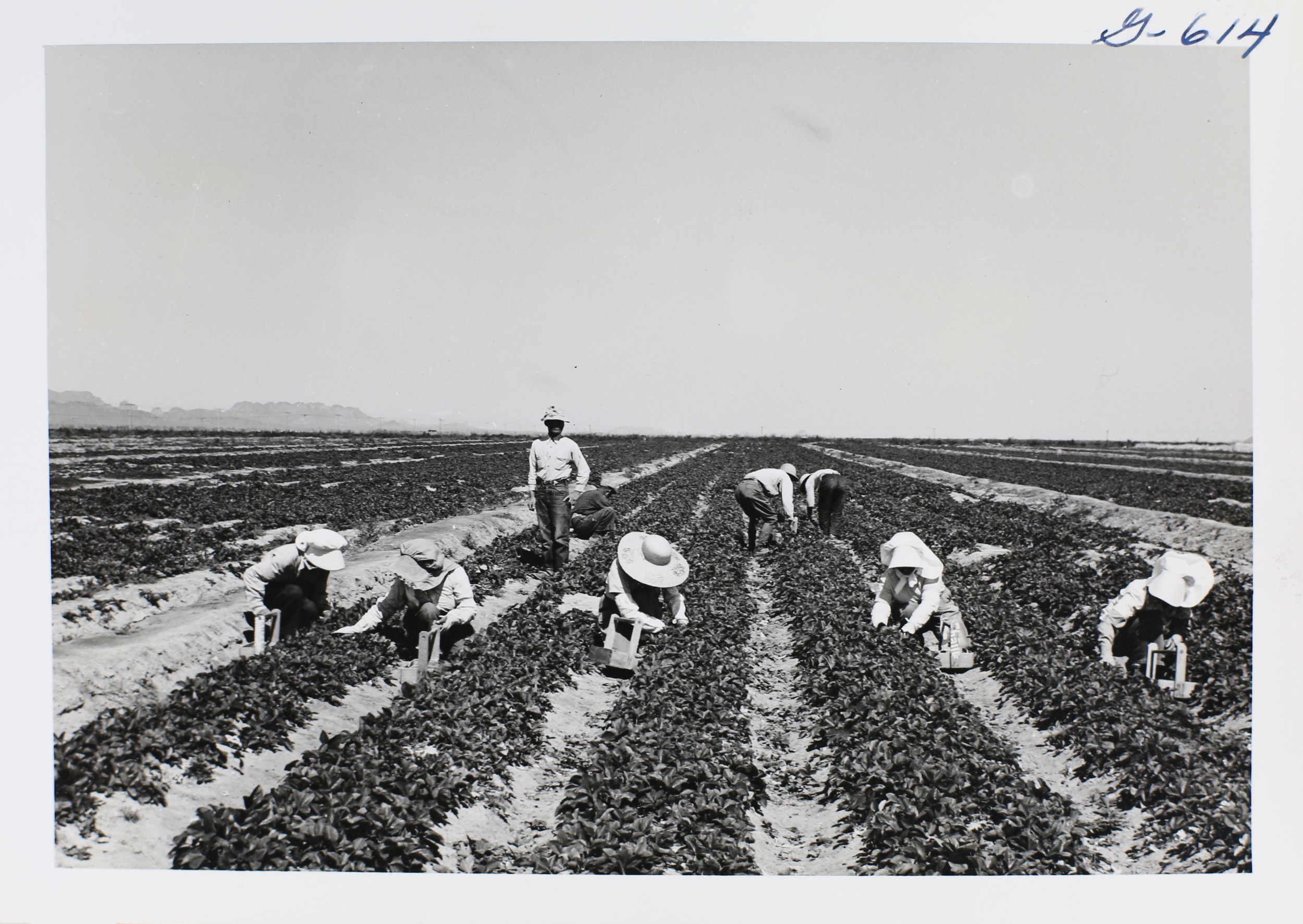
Gila River proved to be one of the most productive camps in operation during WWII. Internees cultivated a large supply of daikon radish and focused specifically on experimenting with tropical, dry temperature seed species, which would go on to be used by manufacturers in following years, 1944.
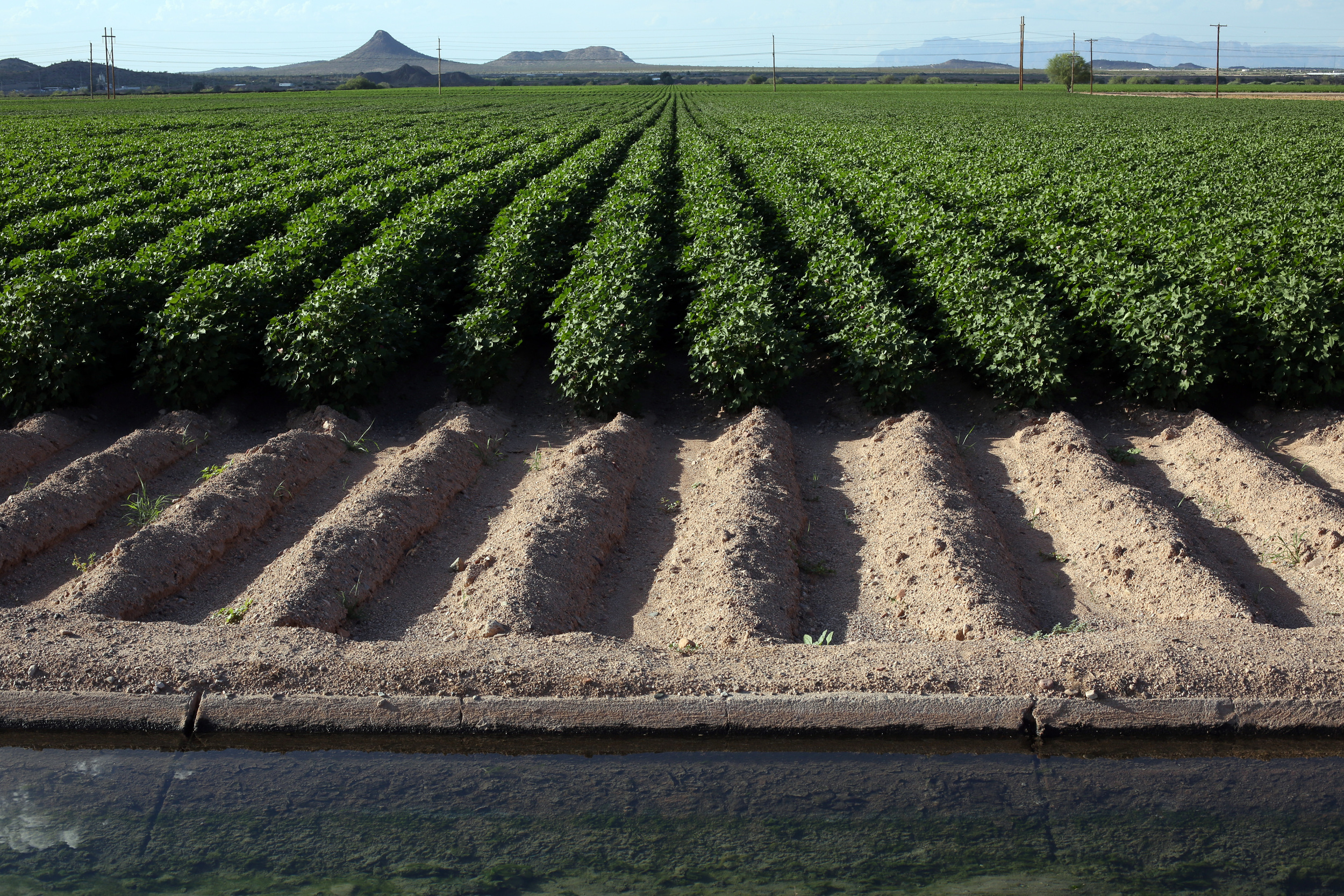
Cotton field, located between Eloy and Florence, 2015.
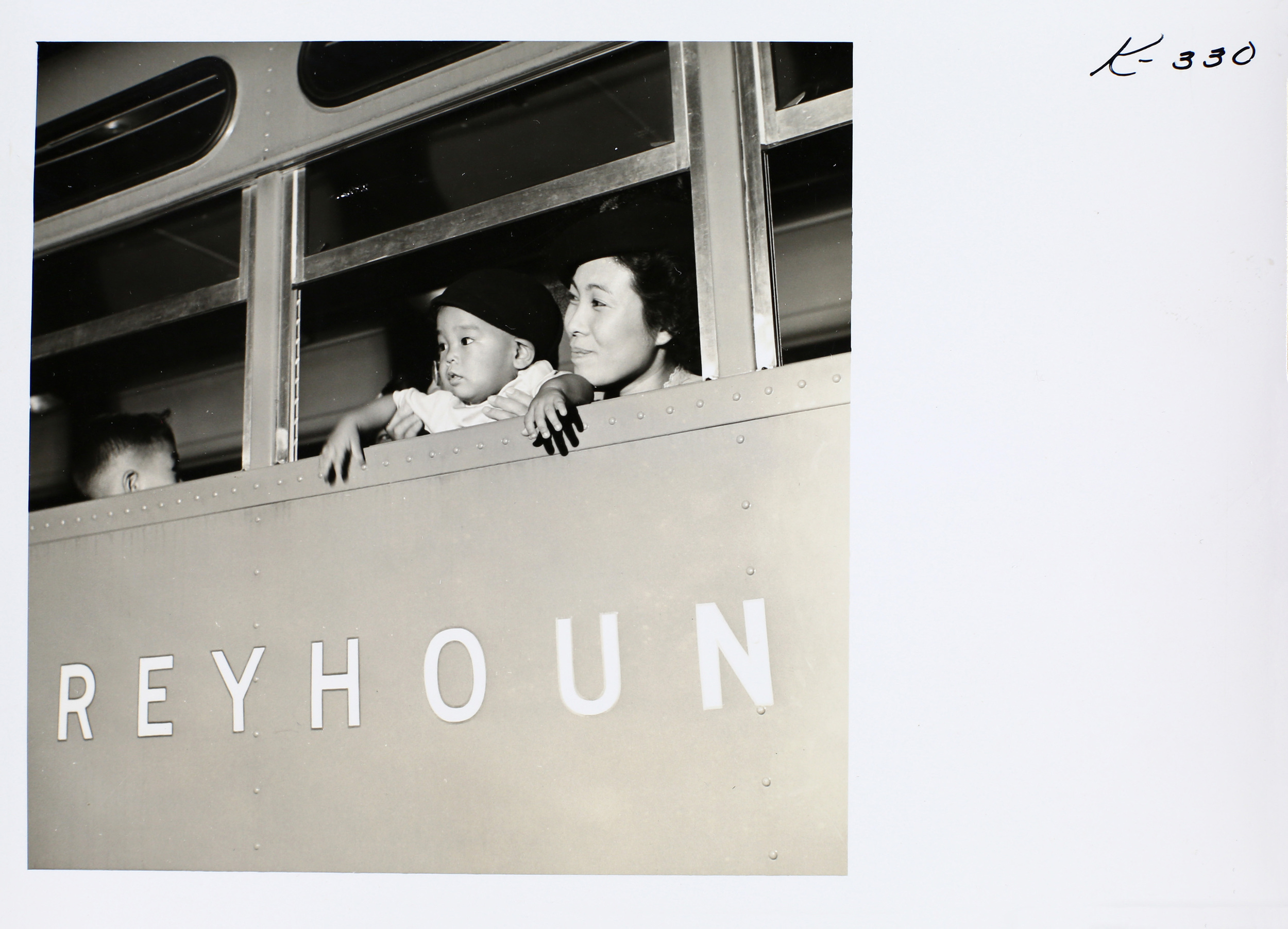
In September of 1945, both Canal and Butte Camps were fully closed, having already organized the re-location of over 13,000 residents to various communities throughout the Western U.S. While the WRA sponsored positive publicity for the contributions and loyalty of the Japanese-Americans during the war, the stigma of internment has lingered for decades.

Deportation bus, used for the transport of ICE detainees for transfer between facilities and into Northern México, for the return of Méxican, Central, and South American nationals.
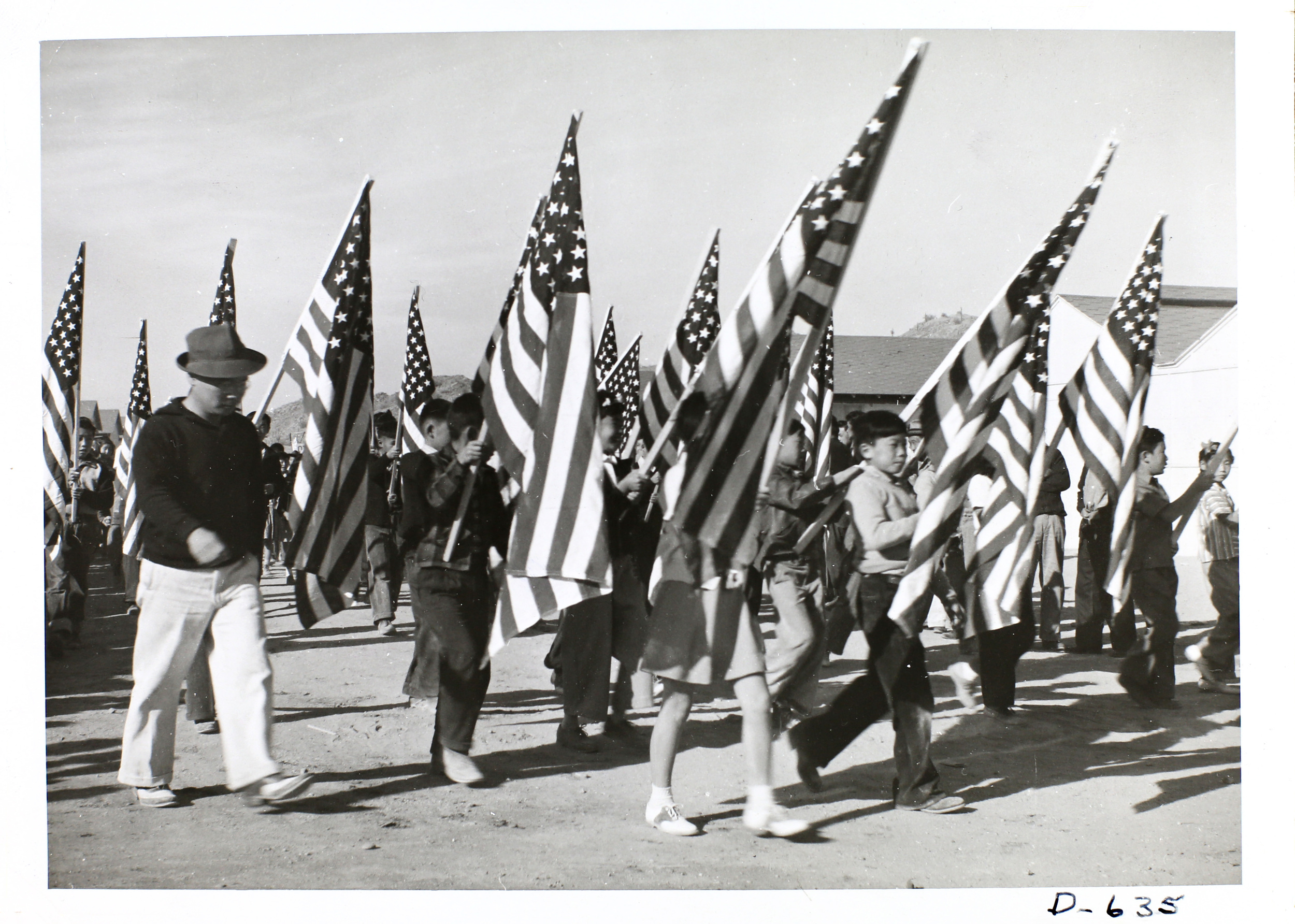
Internees were encouraged to organize groups like the Boy Scouts to foster American loyalty. Here a troop at Gila River marches in a parade, which was part of the Harvest Festival, 1942.

Sonoyta México, facing north towards Lukeville, Arizona, 2014.
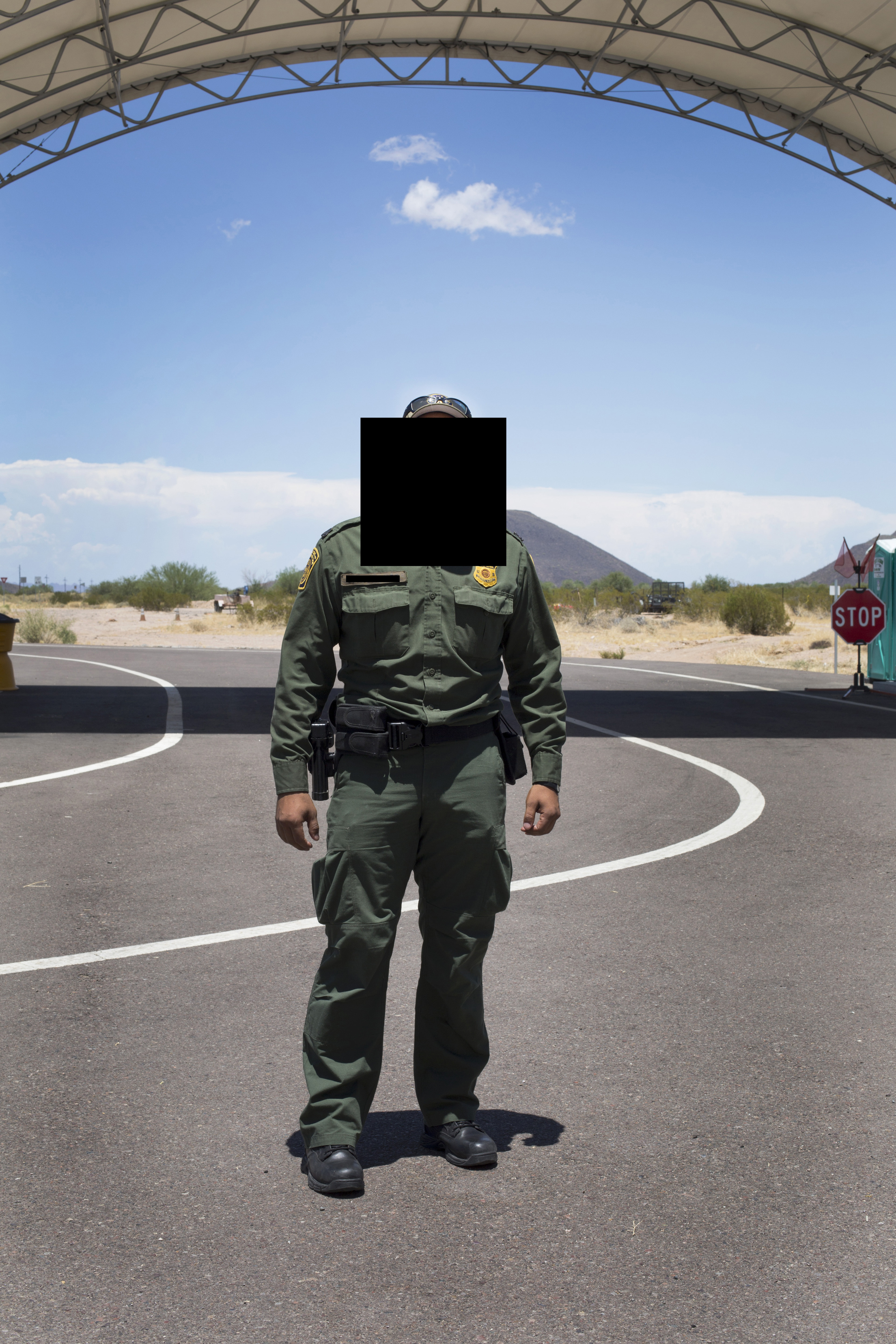
Border Patrol Agent, 2015.
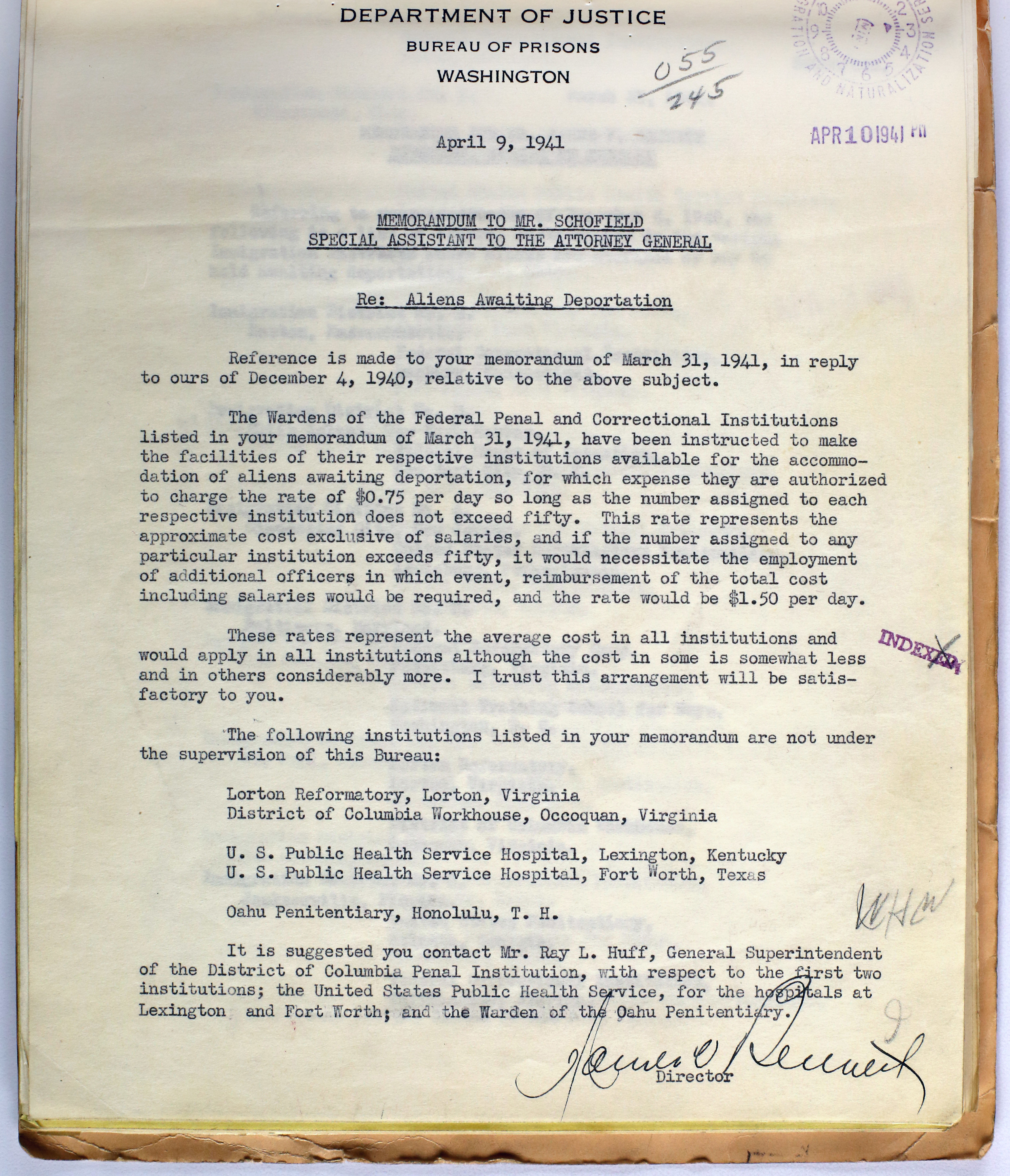
The first negotiation of Federal Prisons to accommodate "aliens" awaiting deportation.
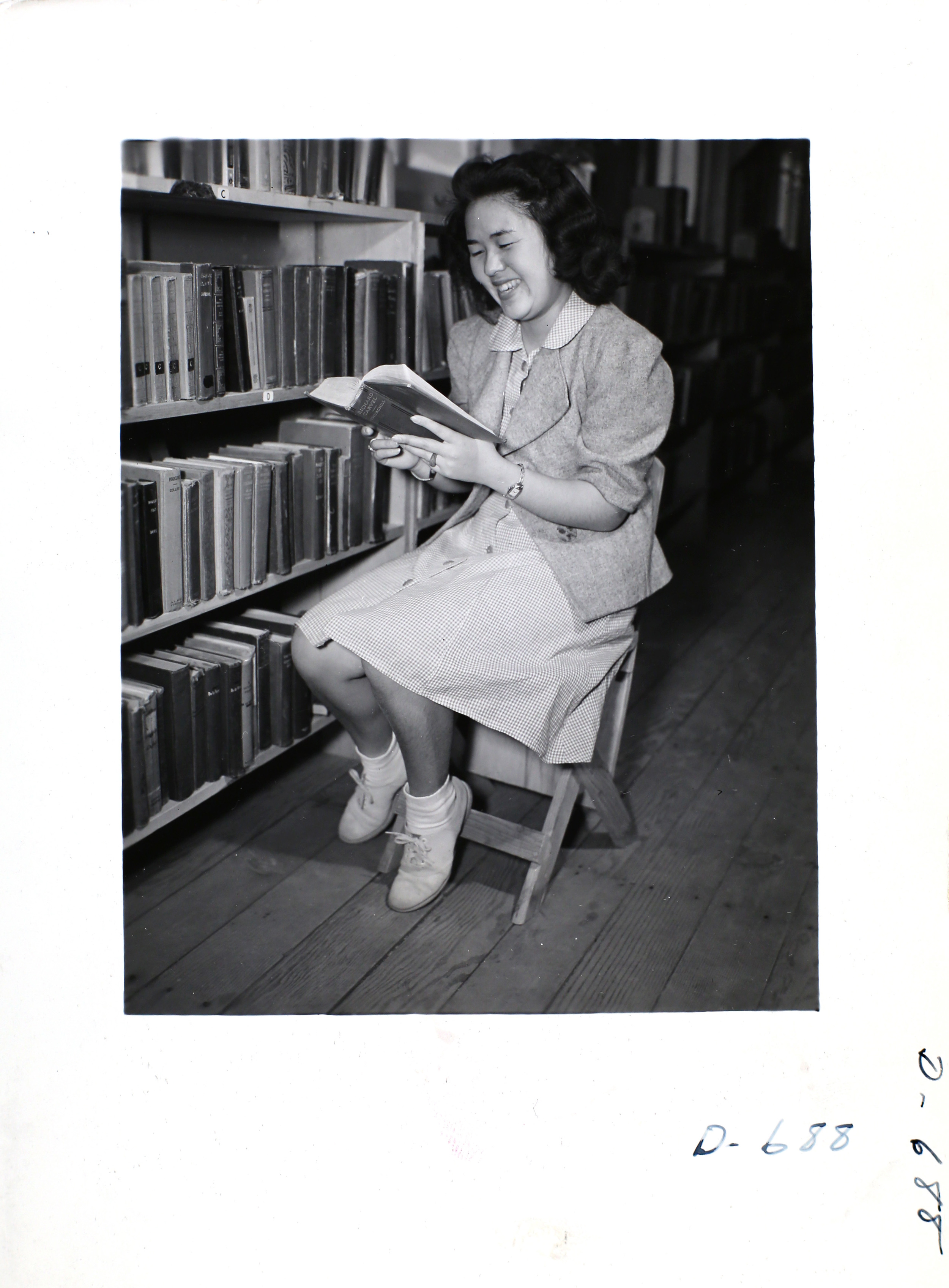
Student at Canal Camp Library, 1942.

Today, individuals are detained at the cost of $159/day, largely through contracts with corporations such as Geo Group & CCA, who have benefited from the "bed mandate" passed in 2007, which requires ICE to be equipped to hold 34,000 individuals in detention on any given day.
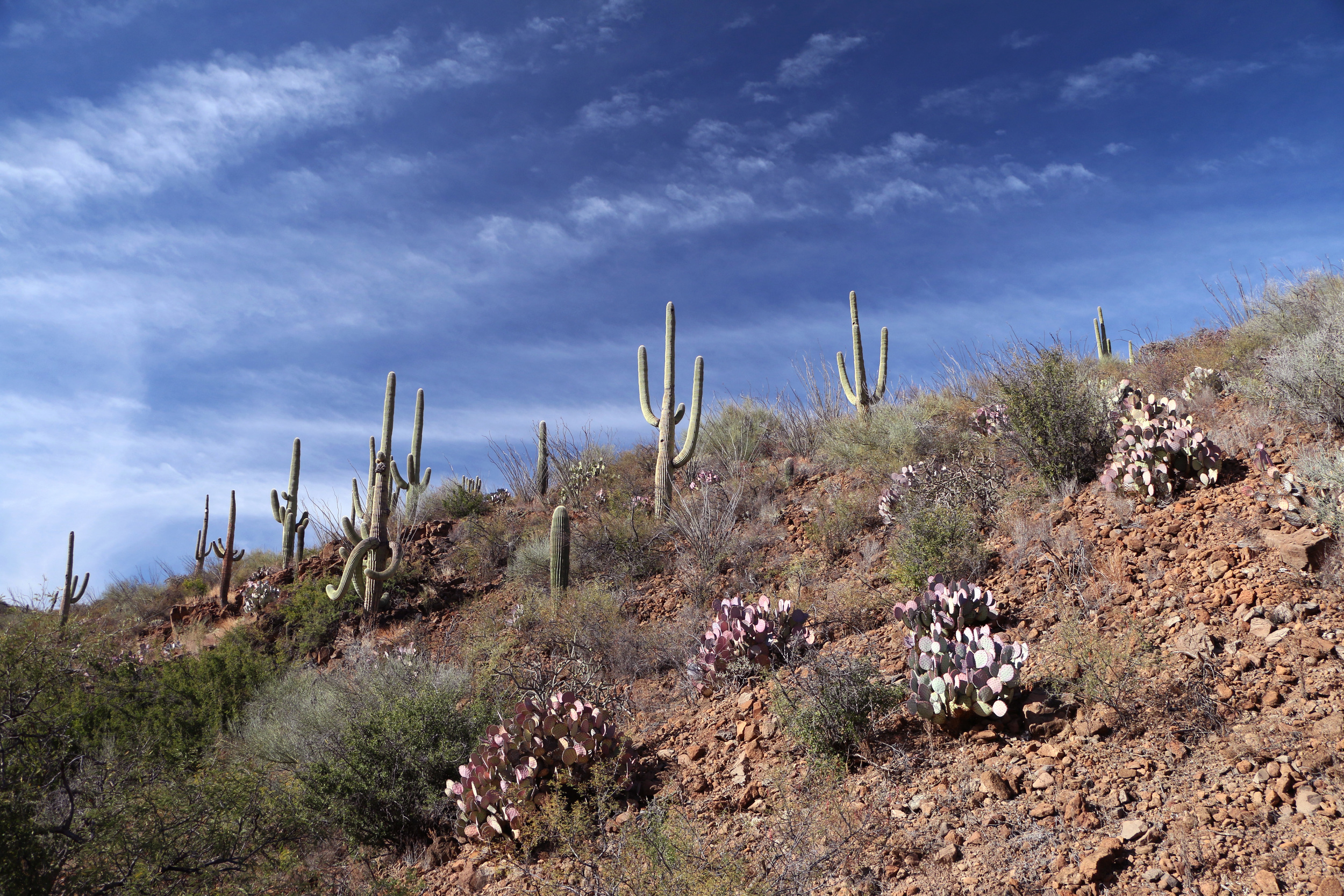
Black Hills, Arizona, 2014. This range of mountains is located along one of the busiest portions of the desert in regards to migrant trails, which weave through this stretch of the state, between Nogales, Sonora in México and Tucson, Arizona.

Border checkpoints like this one have been placed throughout southern Arizona as part of the "Deterrence" strategy put in place by Immigration Customs and Enforcement (ICE) in 2007. These facilities are intended to monitor through traffic and push any migrants passing through further out to remote portions of the desert, ultimately hoping to deter migrants from attempting to cross, 2015.

A group of men gather at the camp to play the traditional game of 'Go', a strategic territorial board game, 1942.
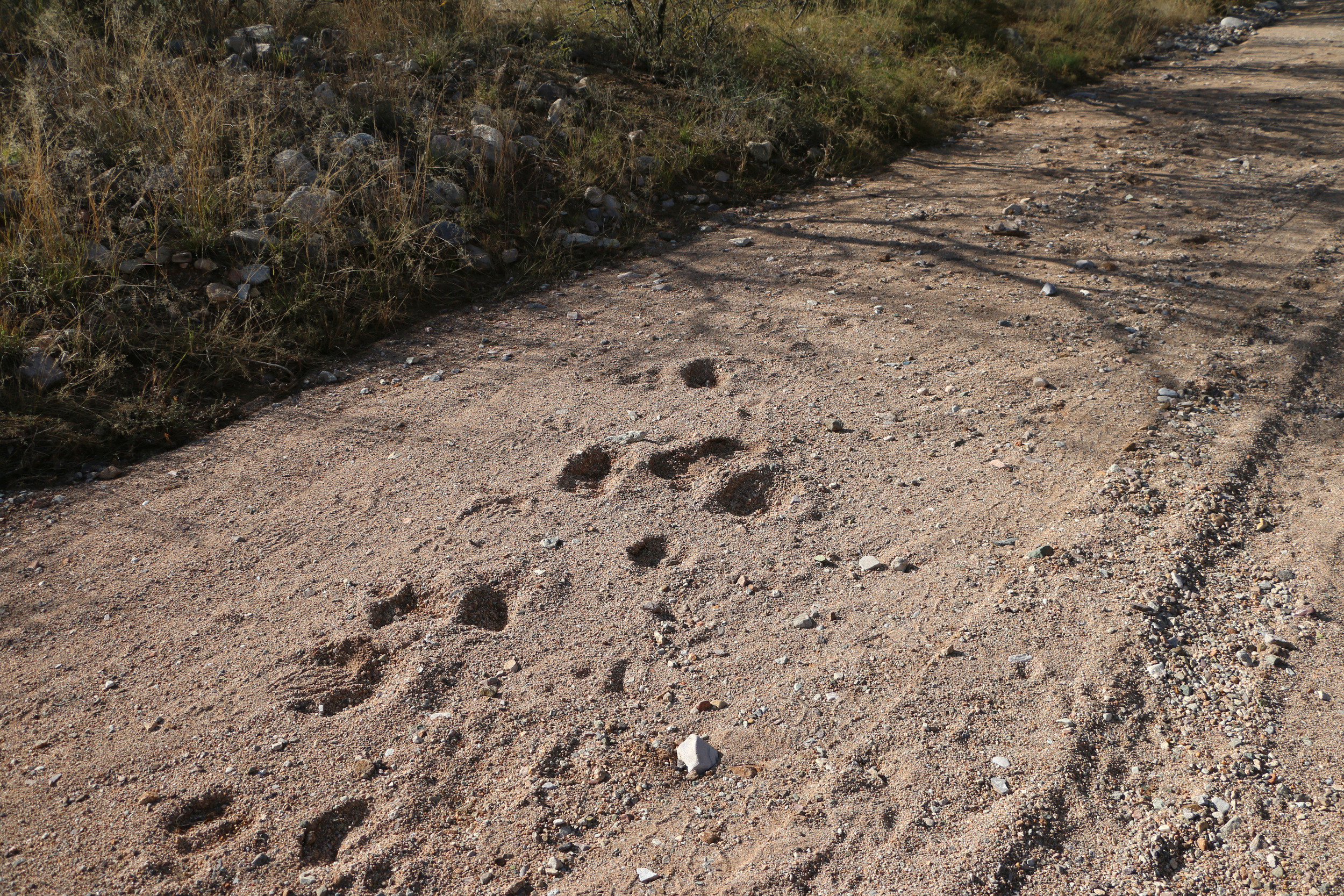
Migrant trails can be found throughout the desert regions of Southern Arizona. The monsoon season leaves stretches of land vulnerable to flooding- known as the "wash". While the sand is often more difficult to walk on, it can offer areas of shade and prove safer by erasing portions of the trail.
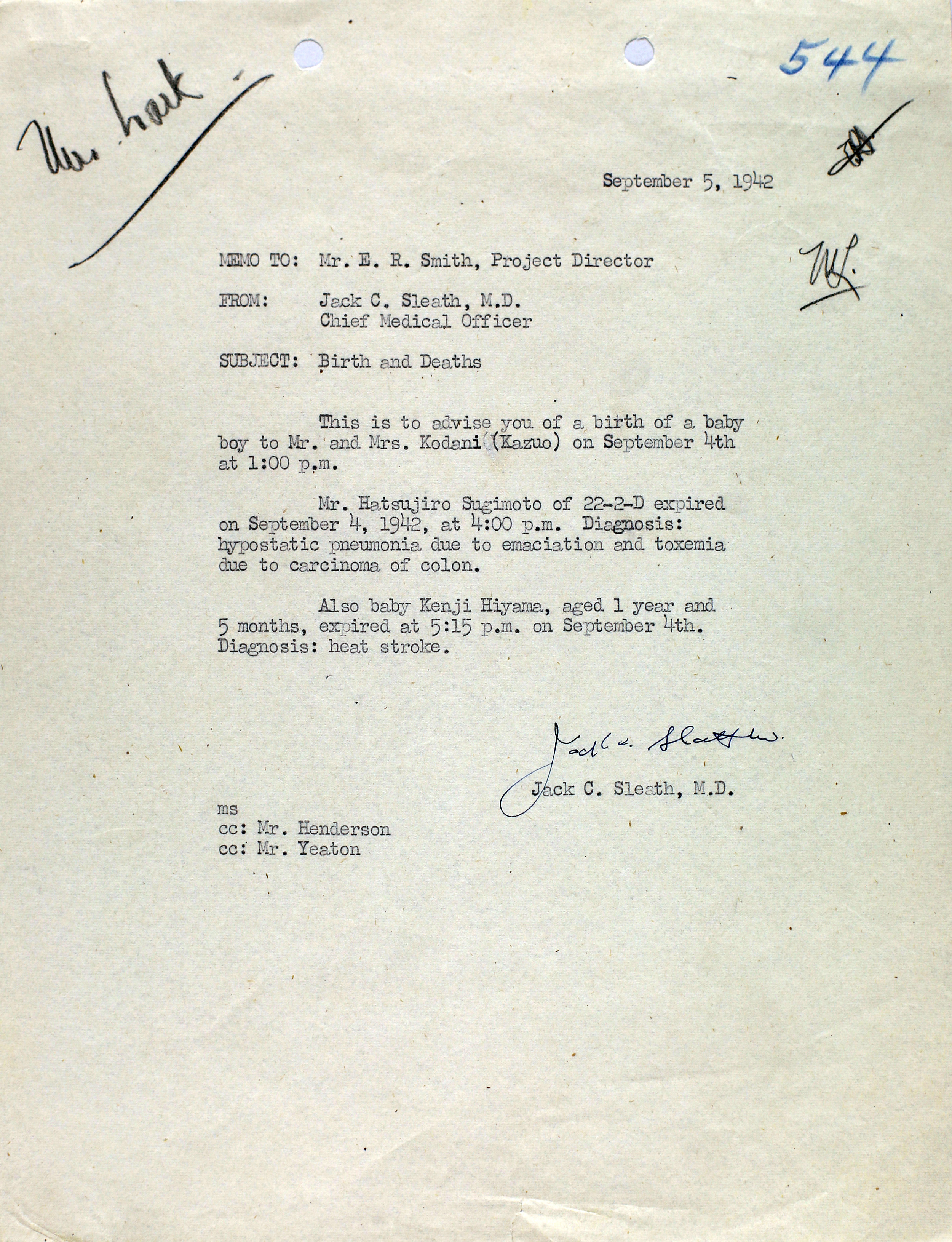
Daily catalogue of births and deaths in Gila River, 1942.
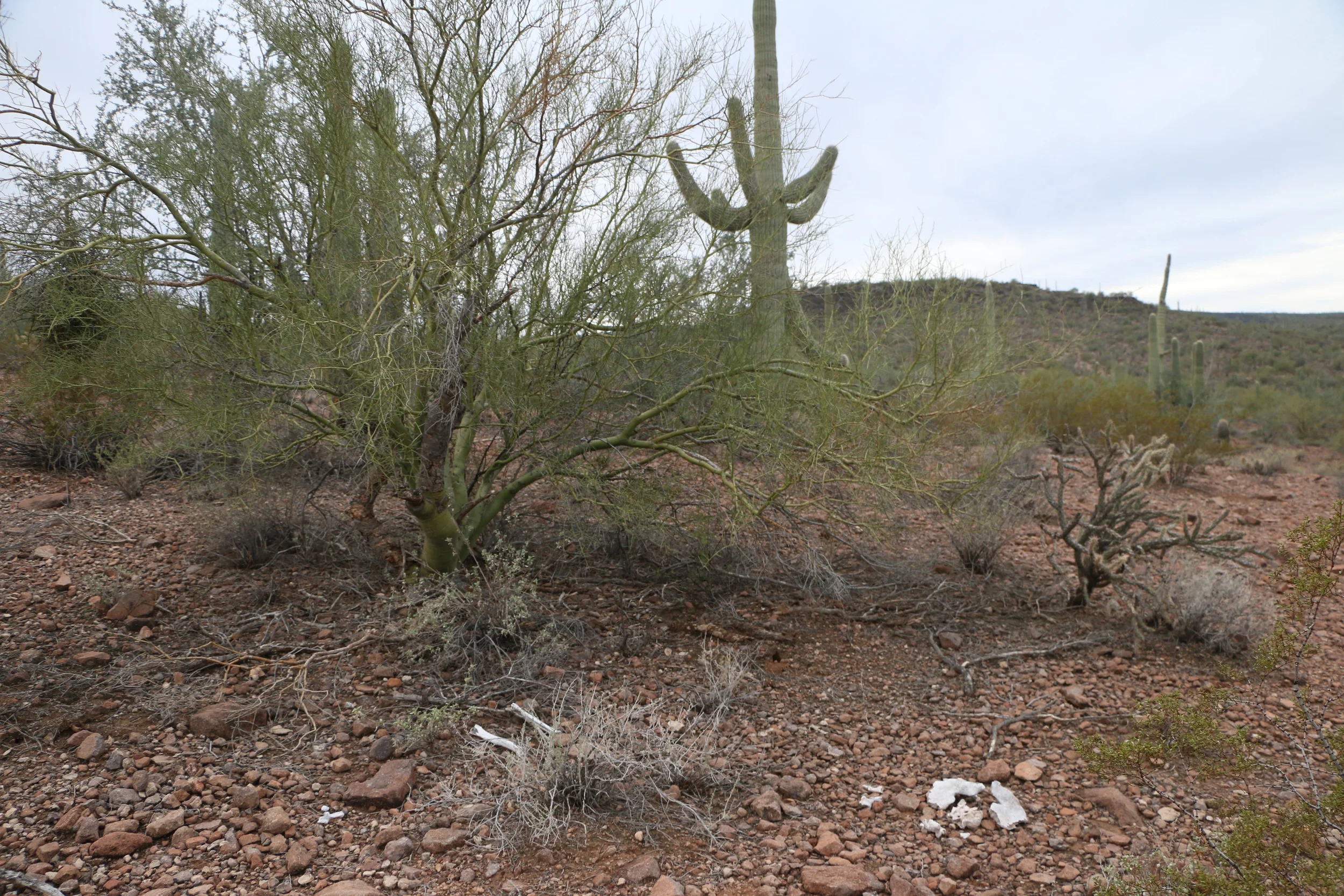
Human remains, thought to be over two years old found by a humanitarian aid group in Sonoran Desert, 2014.

November, 2014, local residents and members of a samaritan group share documentation of remains found several months earlier by a group who had gone to drop off water and food near trails.

Candlelight vigil just next to a border check point in Arivaca, Arizona for lives lost in the desert. Arivaca, a rural ranching community has been at the center of controversy for immigration policies, seeing years of active citizen militia, as well as many residents unable to ignore the escalating militarization of the region, 2014.

Harvest Festival Dance, part of an annual Thanksgiving Day celebration held at Gila River, 1942.

A pair of trousers left in the desert, a few meters from a worn migrant trail located on the Tohono O'Odham Reservation, 2014.
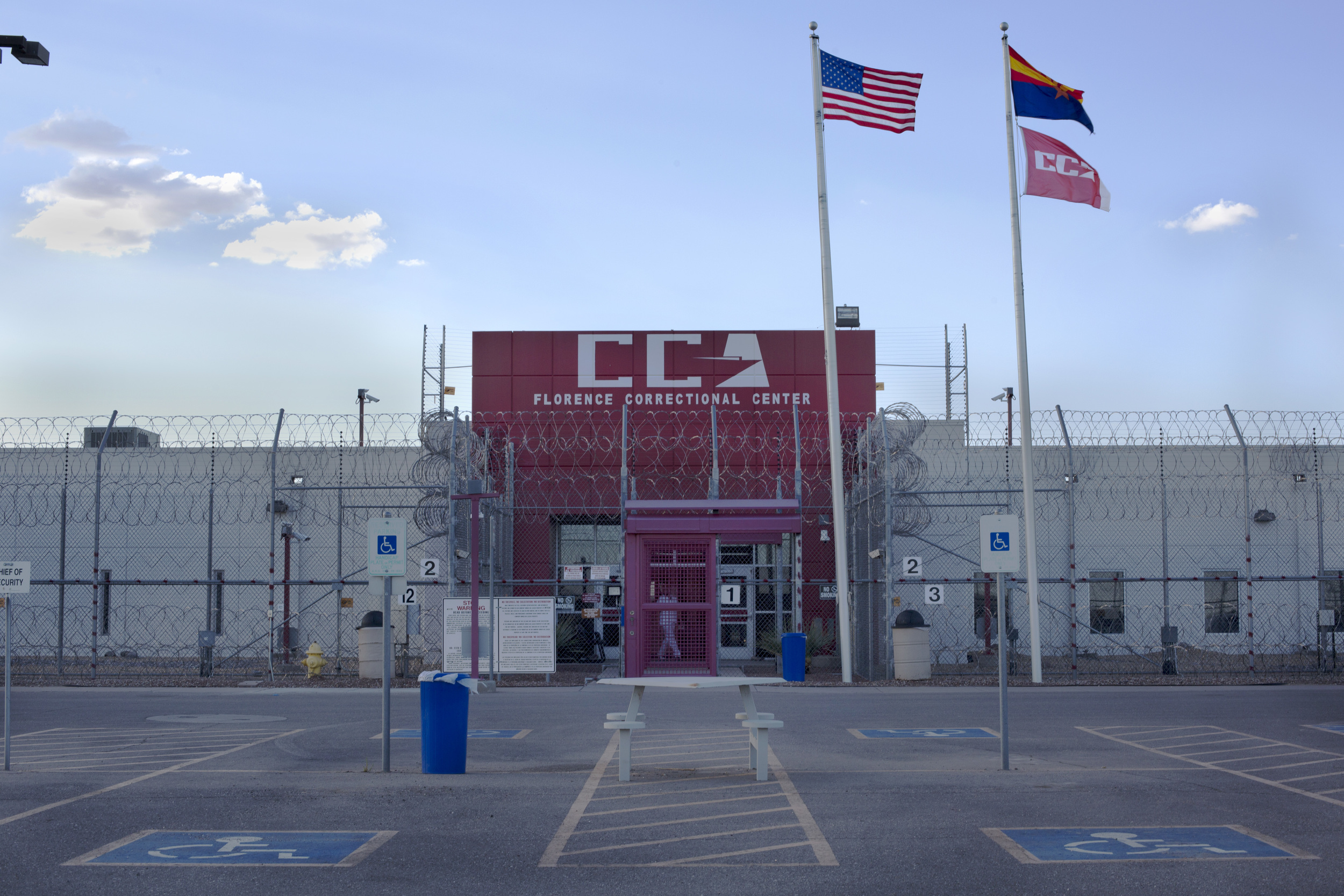
Corrections Corporation of America is the nation's largest for-profit prison company; operating both private prisons and Immigration Customs and Enforcement (ICE) detention facilities throughout the U.S. In 2013 alone, CCA reported nearly $1.7 billion in revenue.
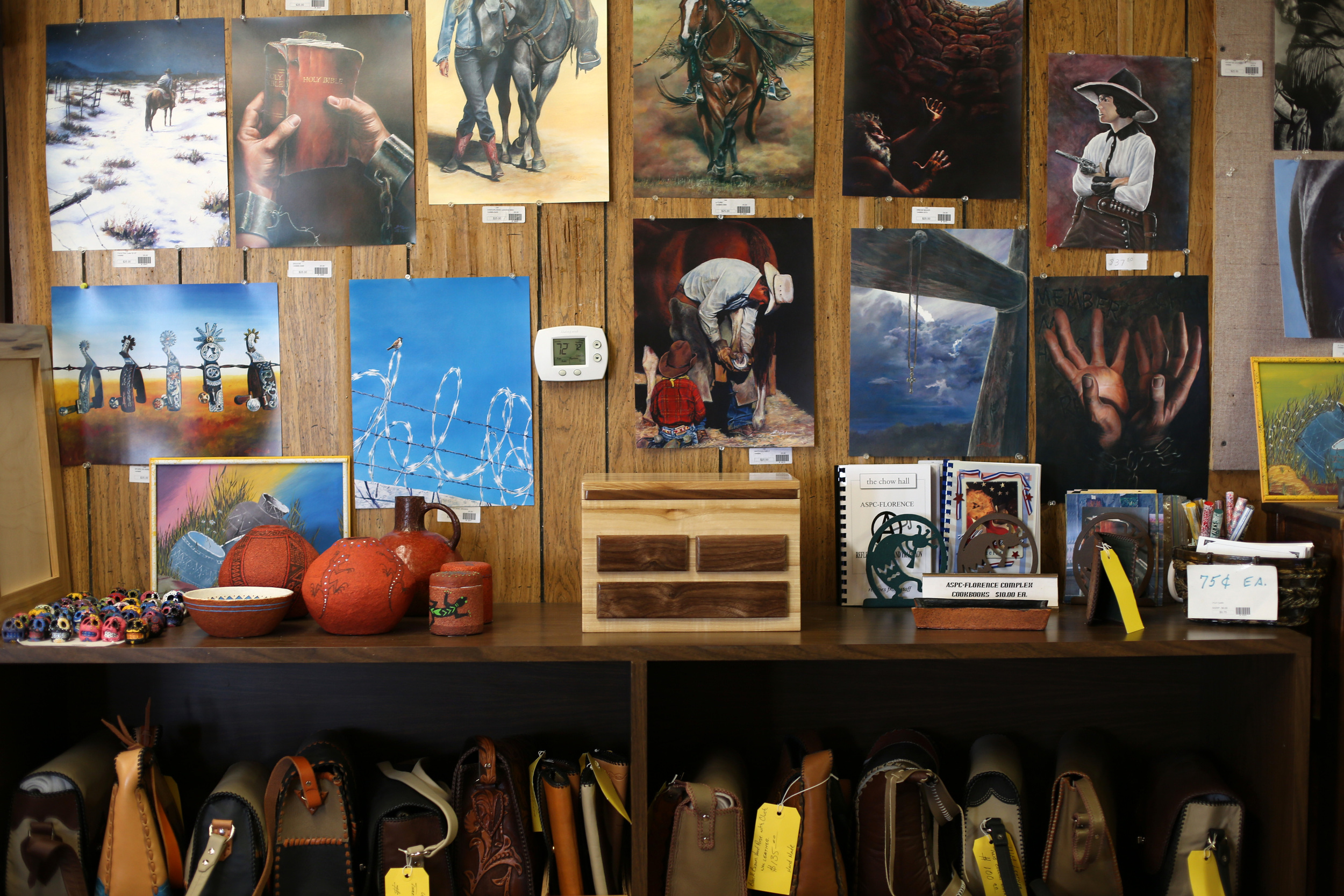
Paintings, leather goods, pottery, and woodwork at the Prison Outlet in Florence, Arizona, which has been in operation for over 25 years. The shop is filled with items made by inmates who receive 75% of profits on each sale, while the remaining profit goes to Arizona Correctional Industries, a self-funded business under the Department of Corrections.
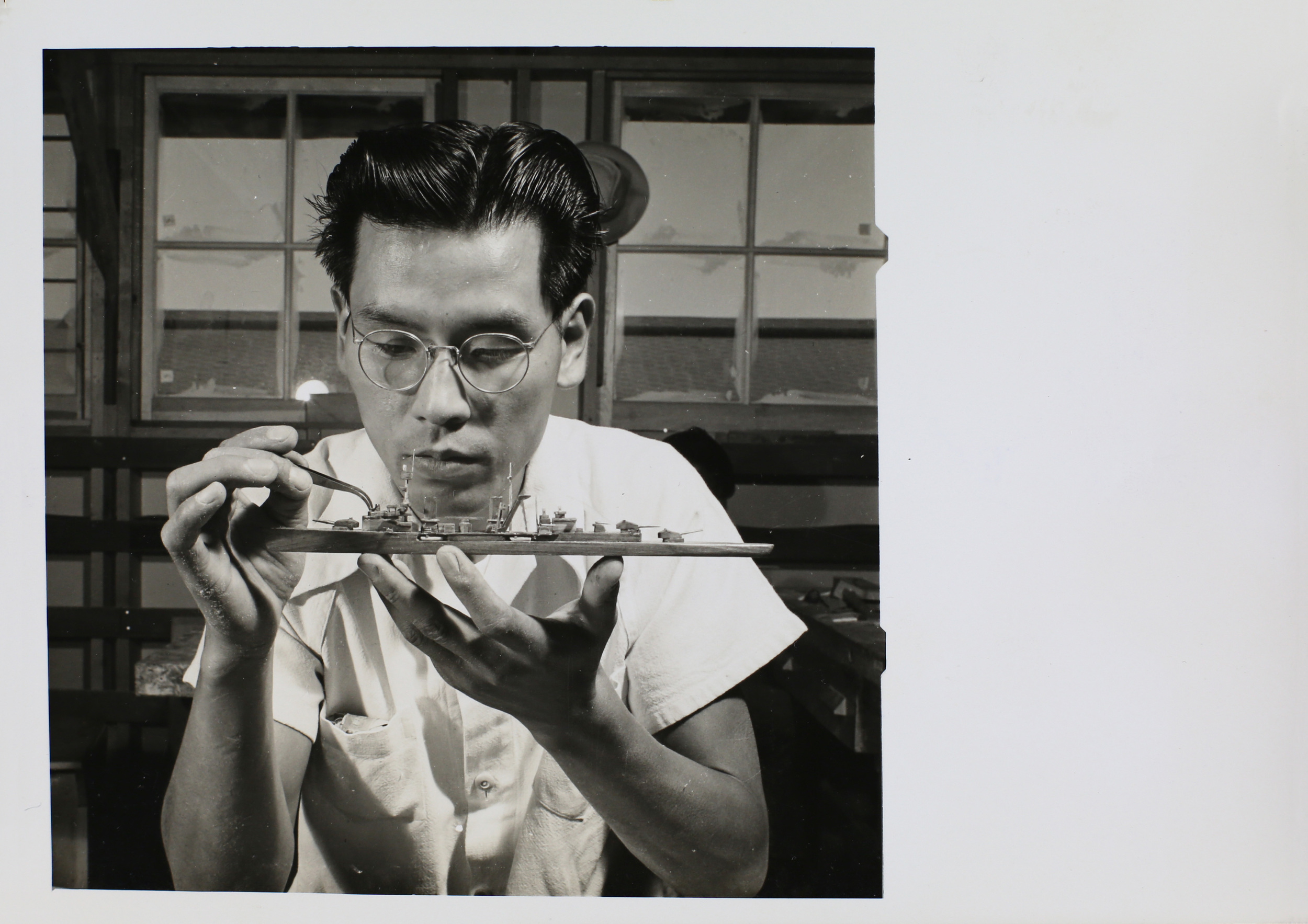
A group of internees were part of Navy ship design during their time at Gila River, helping to draft and build models of enemy ships and new designs to be used in the war effort, 1943.
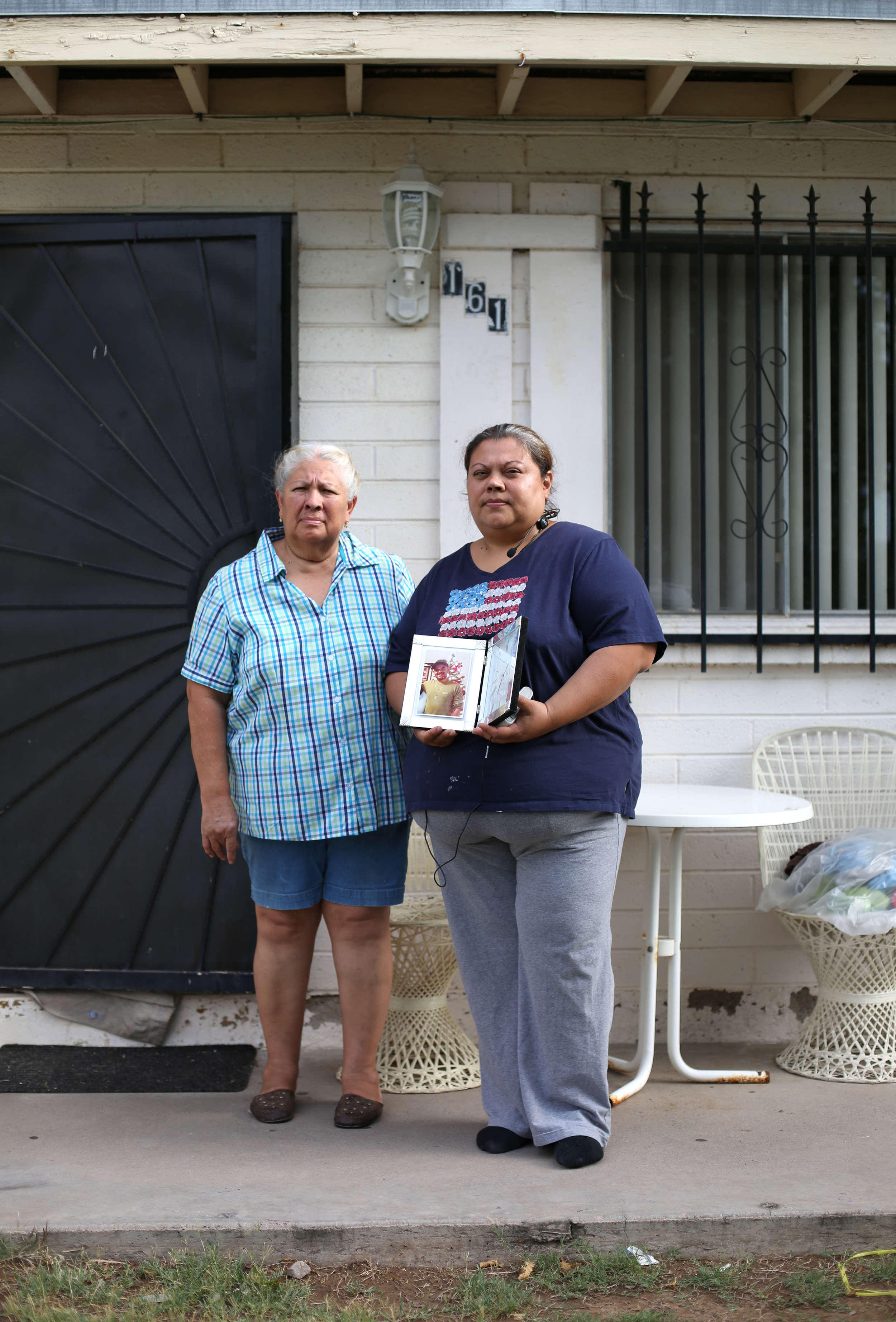
Dalia Reyes stands with her mother, outside her home in Chandler, Arizona. Her brother has been detained in Eloy since December, 2014 after being pulled over for a DUI. Despite having paid significant legal fees, his case has not moved forward and the family continues to fight against what they have been told is an imminent deportation back to México.
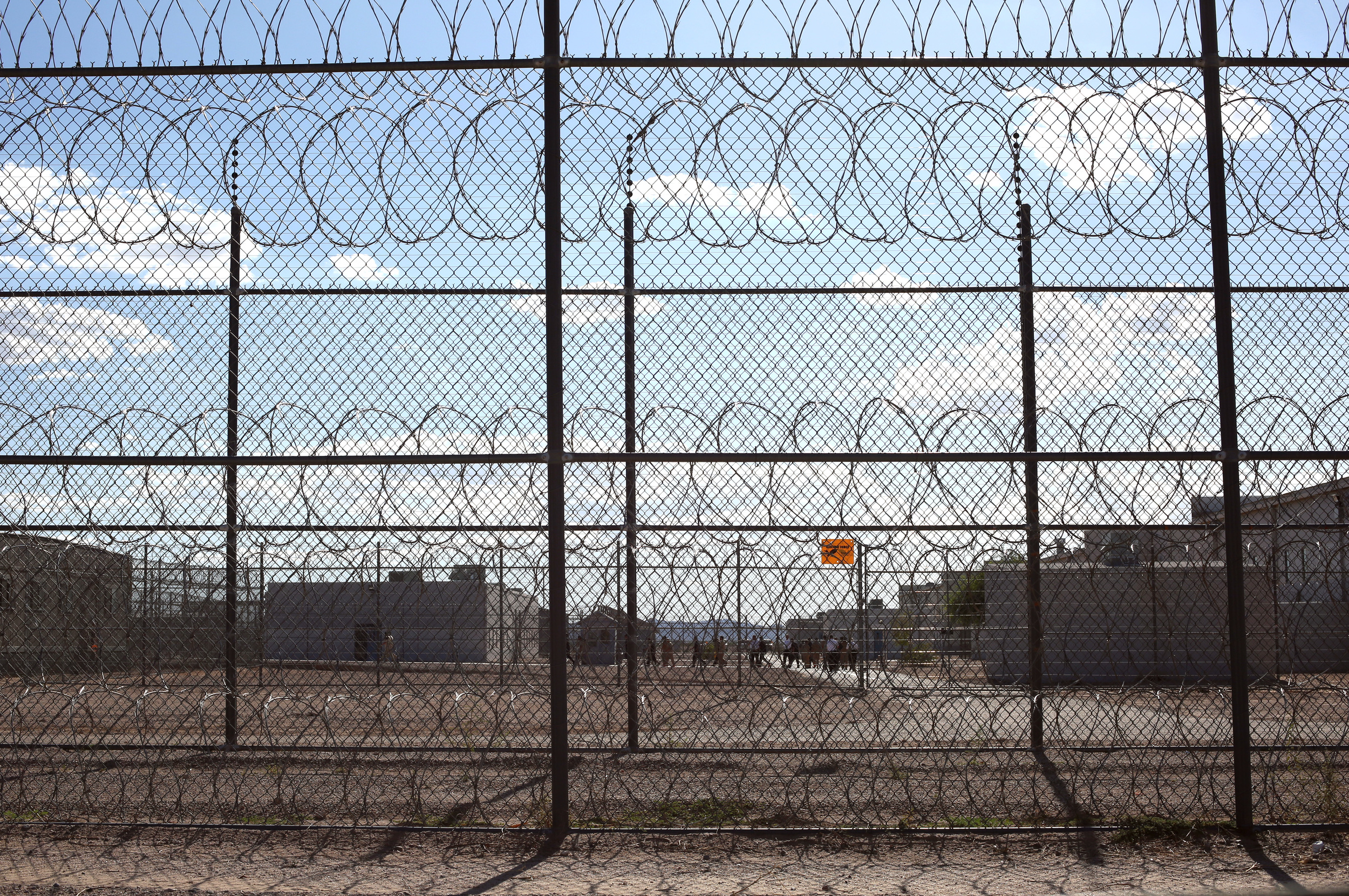
Eloy Detention Facility has gained notoriety as the deadliest ICE facility, with 14 deaths since its opening in 2003. Most recently, a Méxican national named José de Jesús Deniz-Sahagun, who died after less than 72 hours in custody May 20, 2015.
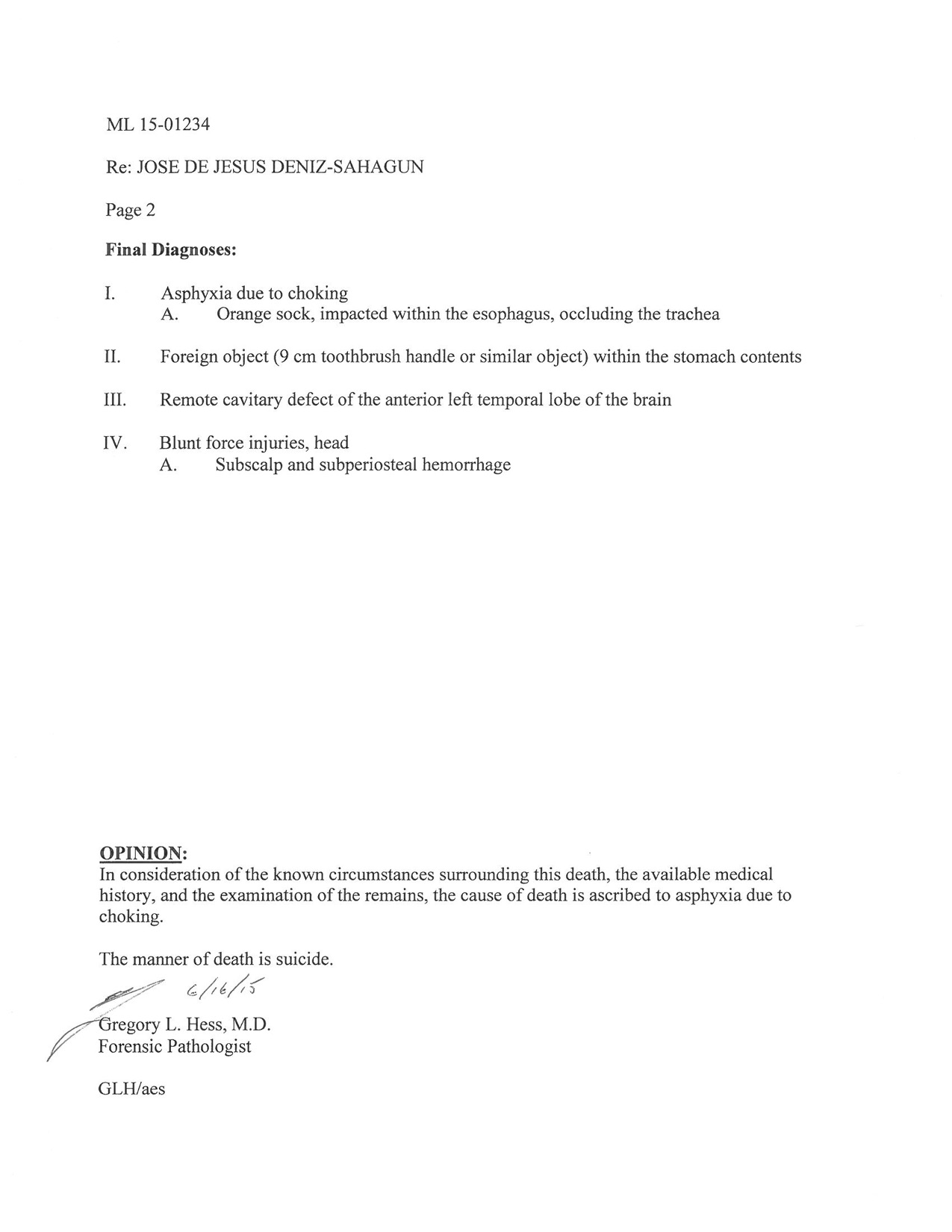
Autopsy report of José de Jesús Deniz-Sahagun ruled as a suicide. He is one of many detainees to have died suspiciously, due to airway obstruction.
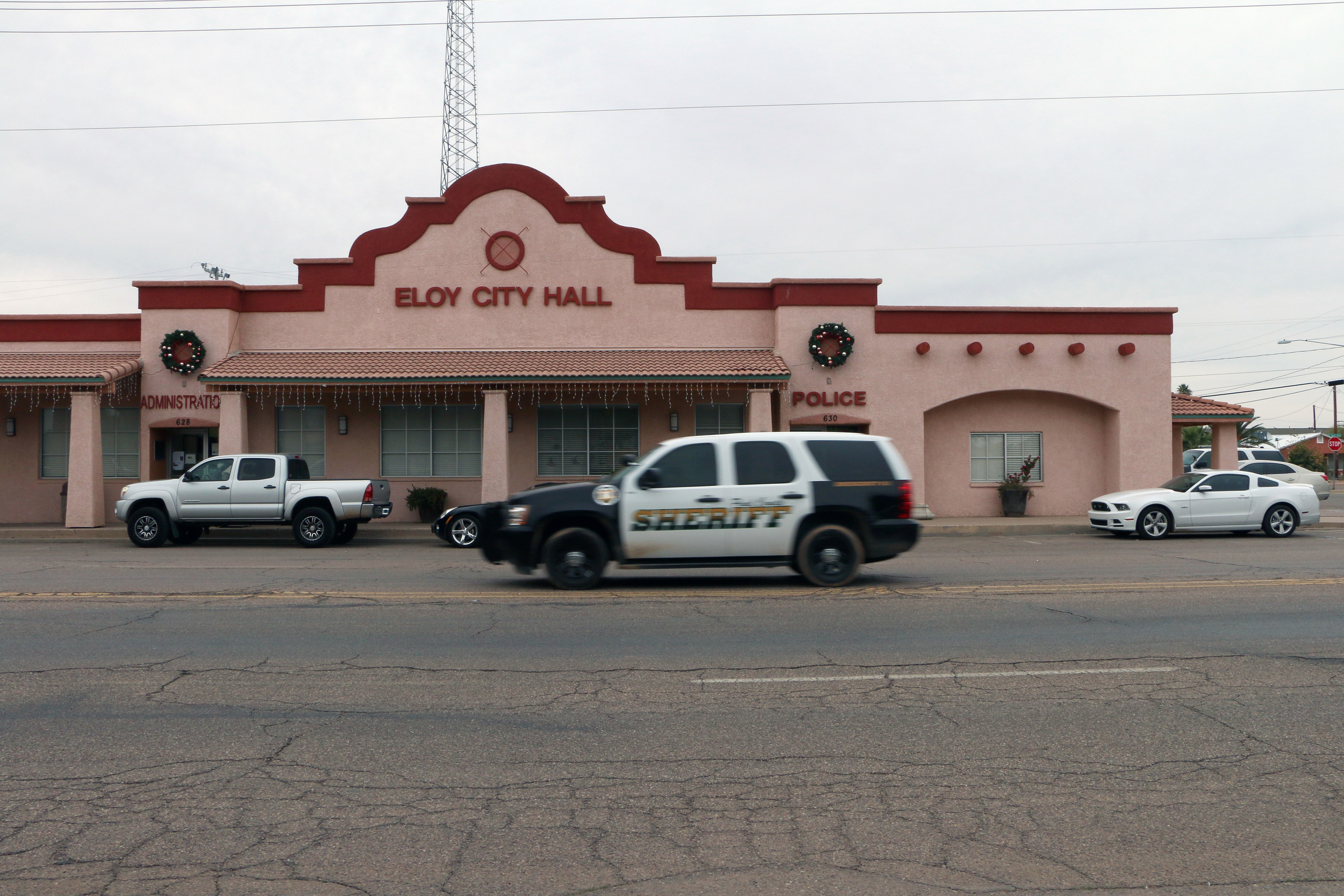
Eloy City Hall, the administration tasked with managing the new family detention center, 930 miles away in Dilley, Texas. This loophole is the first of its kind, allowing contracts and permits to be drawn up upon the existing authorizations, which Eloy has thanks due to the ICE facility it has operated since 2003.

A wrestling match during the Harvest Festival, a Thanksgiving Day celebration, which took place annually at Gila River, 1942.

Drawing from seven year-old detainee at Karnes Family Detention Center, in Texas.
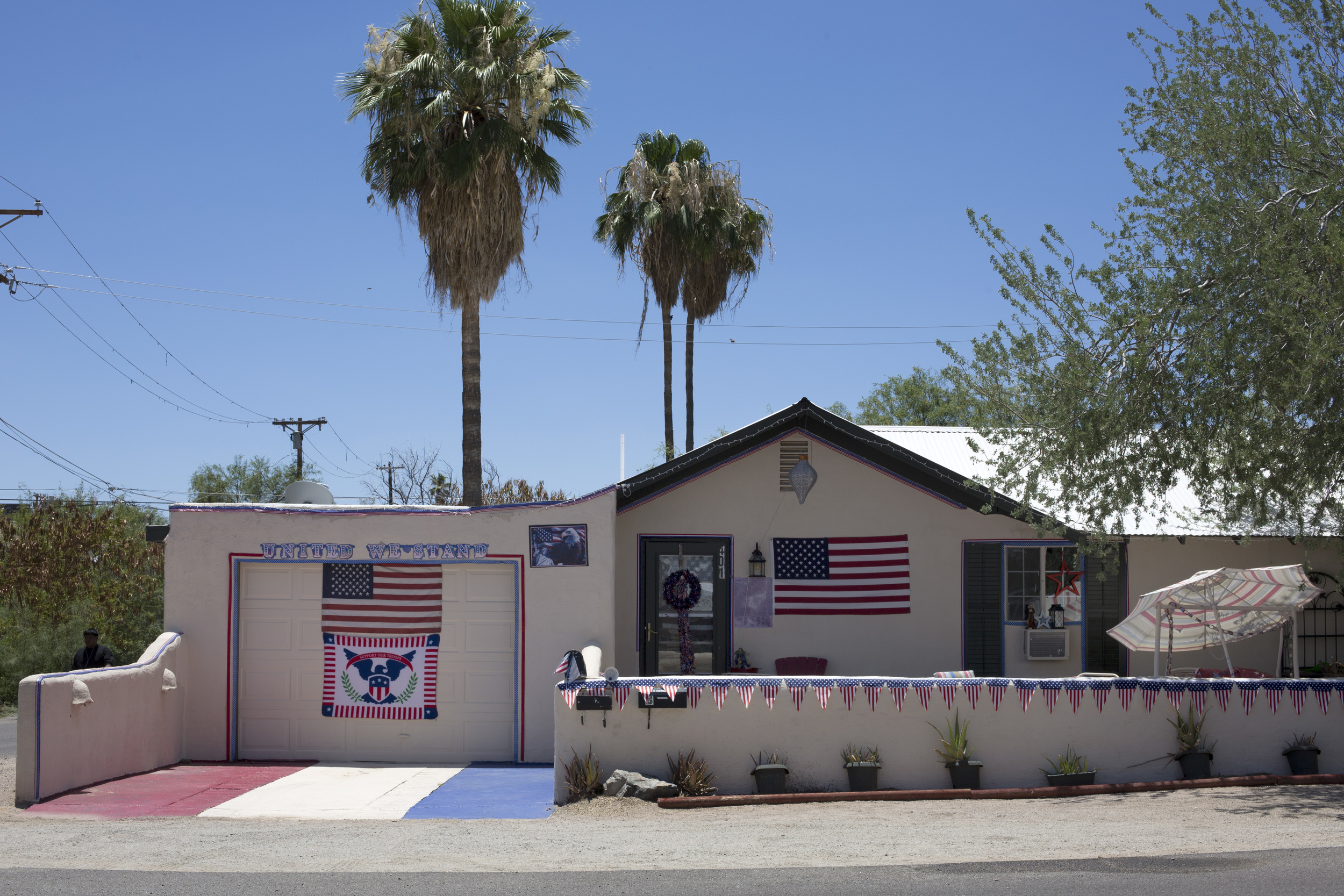
Ajo, Arizona, 2015.

Members of the Japanese American Citizen League participate in the Harvest Day Celebrations, Thanksgiving Day, 1942. The JACL is the oldest and largest Asian American civil rights group in the country and was instrumental in providing resources to individuals evacuated to camps as well as orchestrating negotiations for the reparation settlement, paid to internees in the 1970's.

Border between Nogales, Arizona and Nogales, Sonora, 2015.